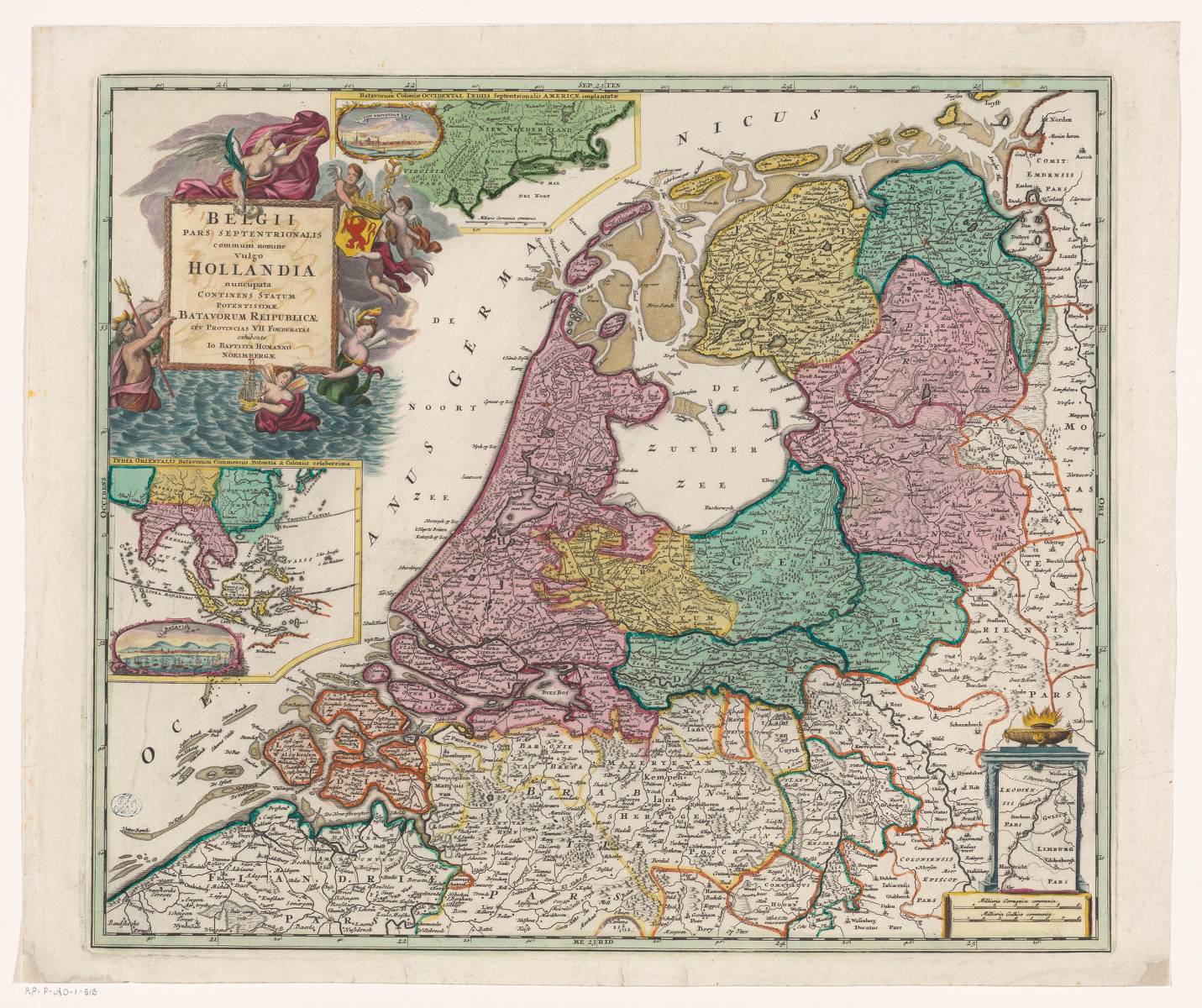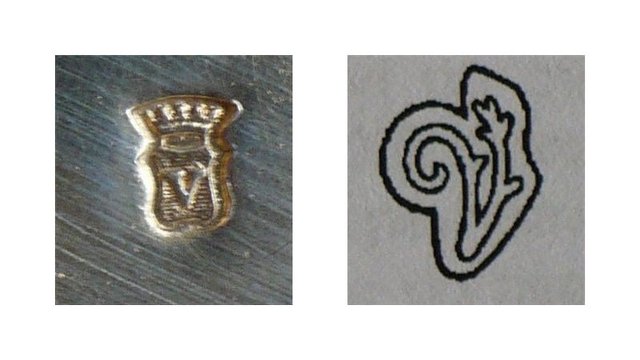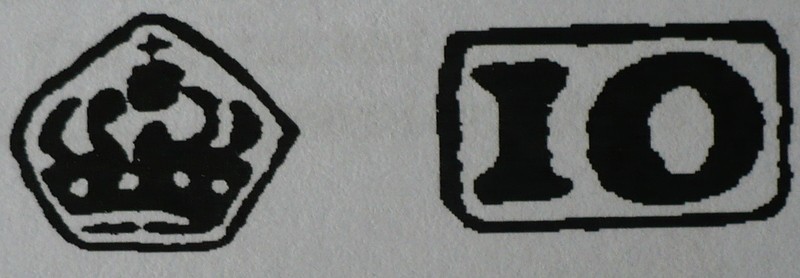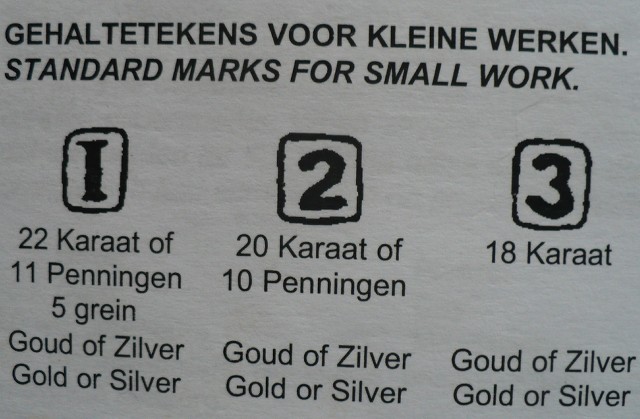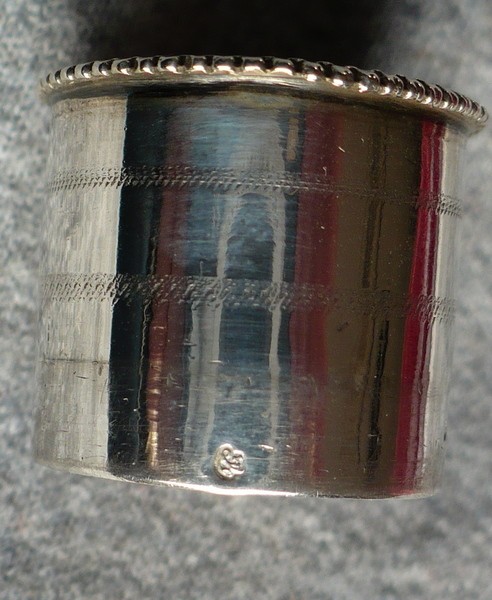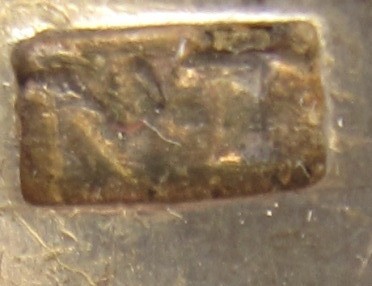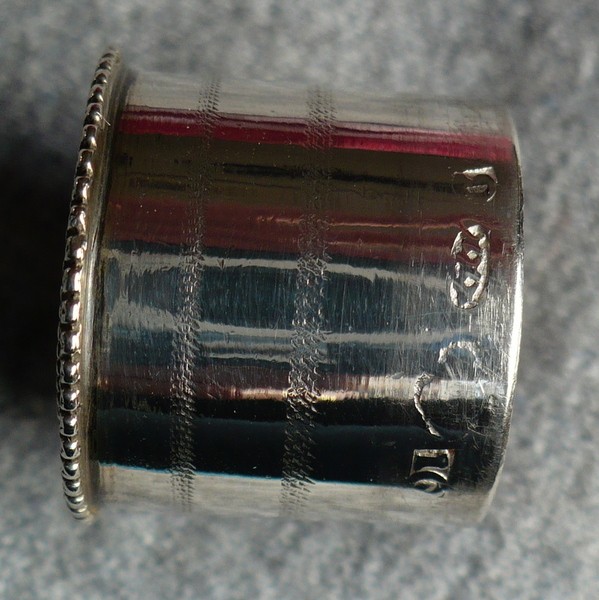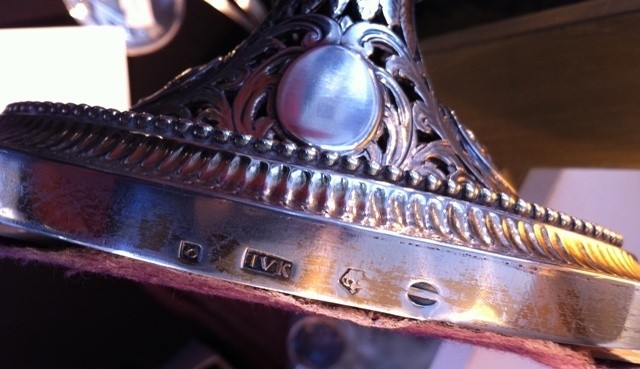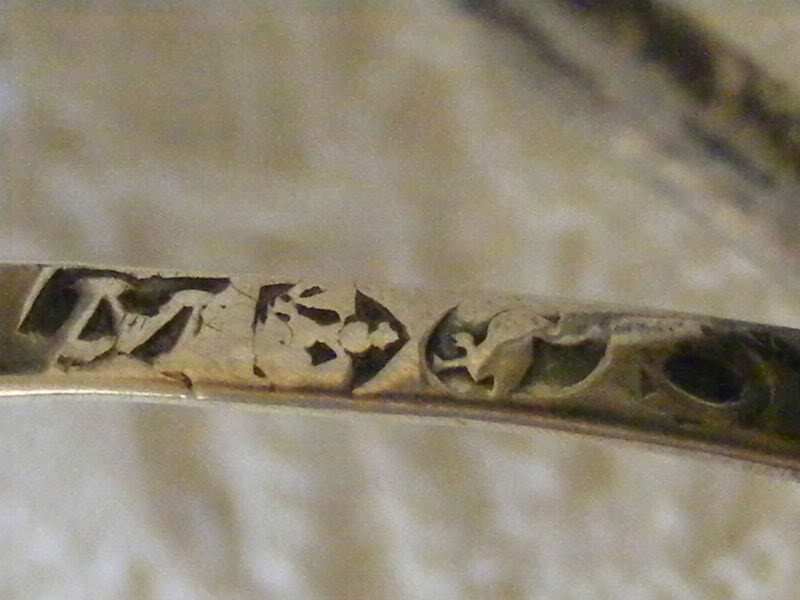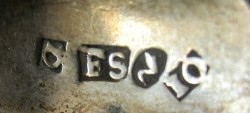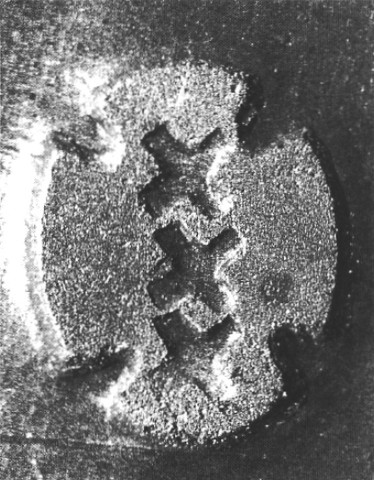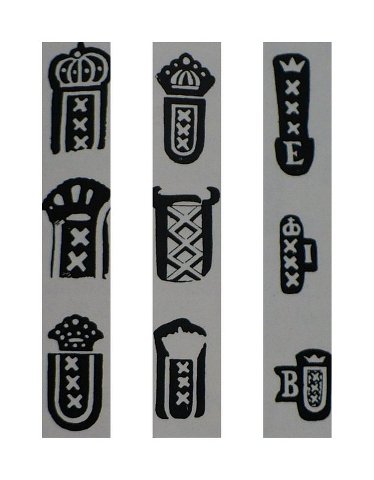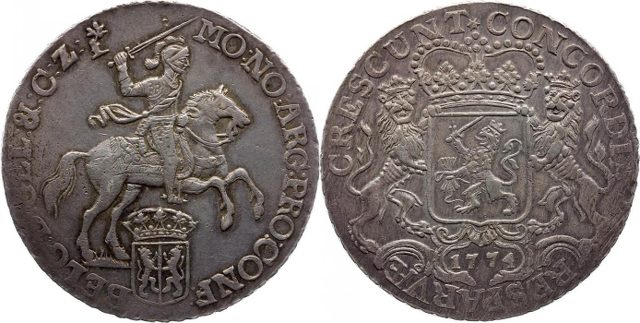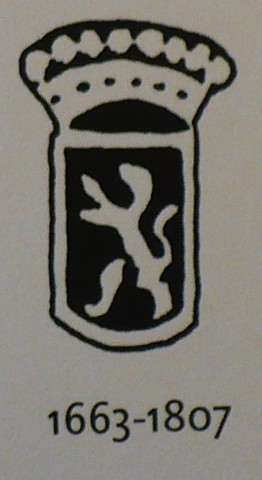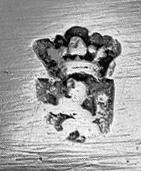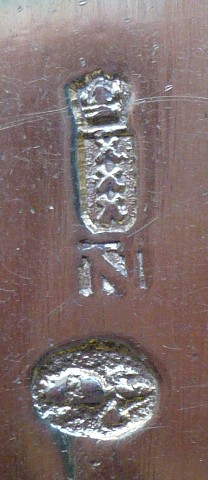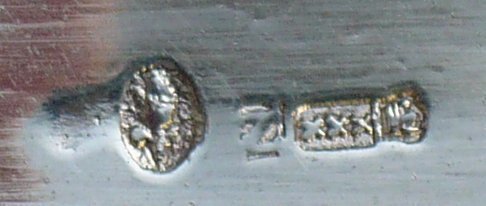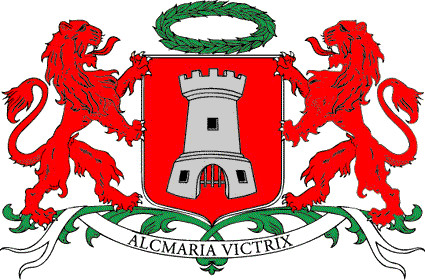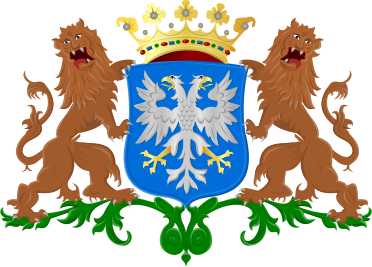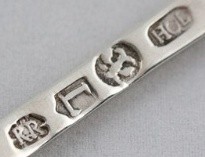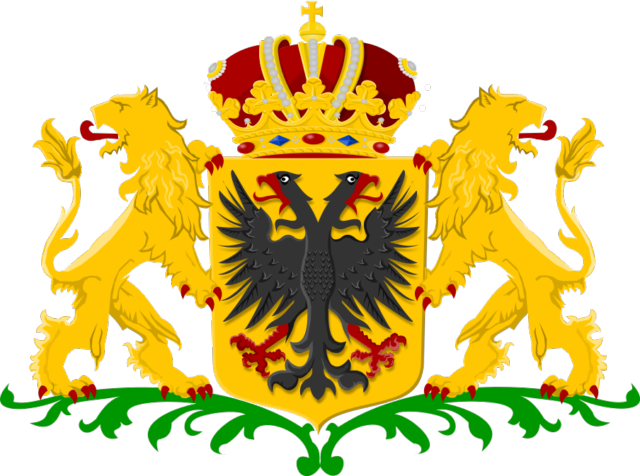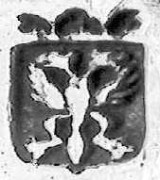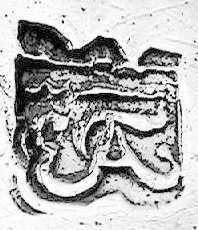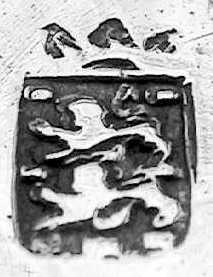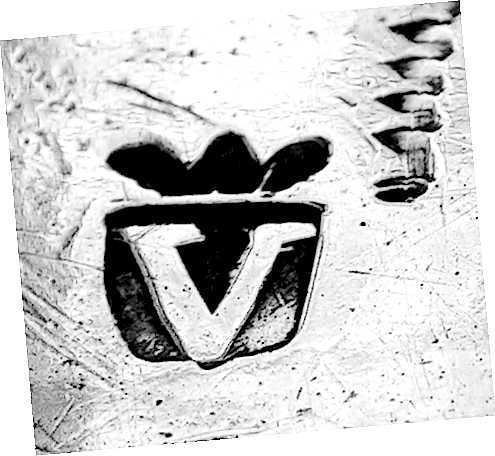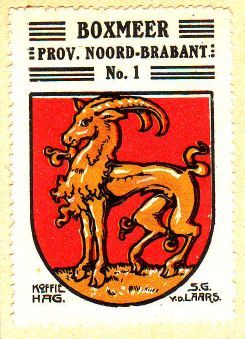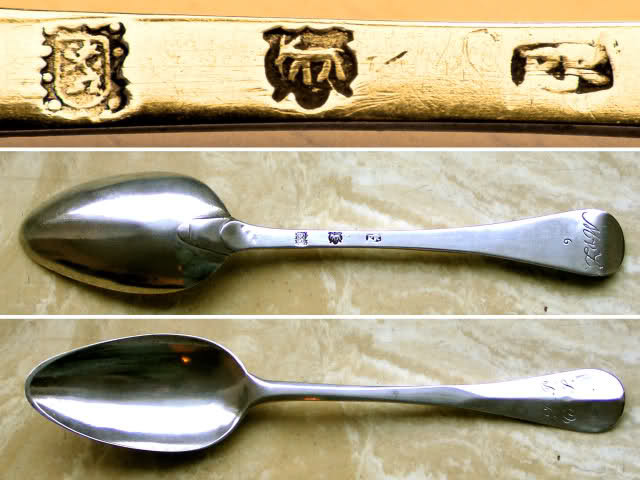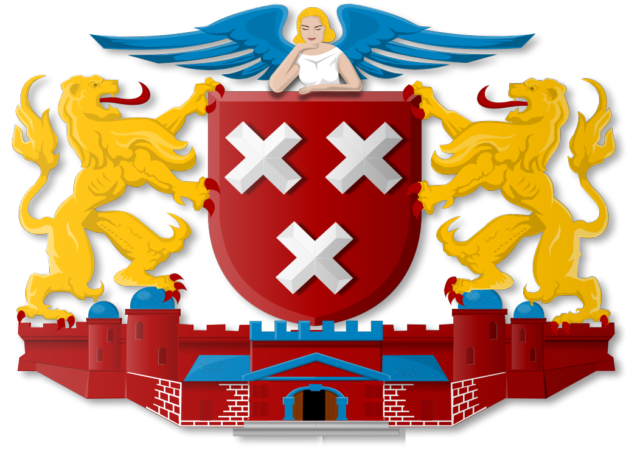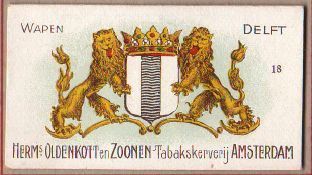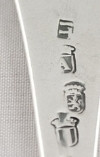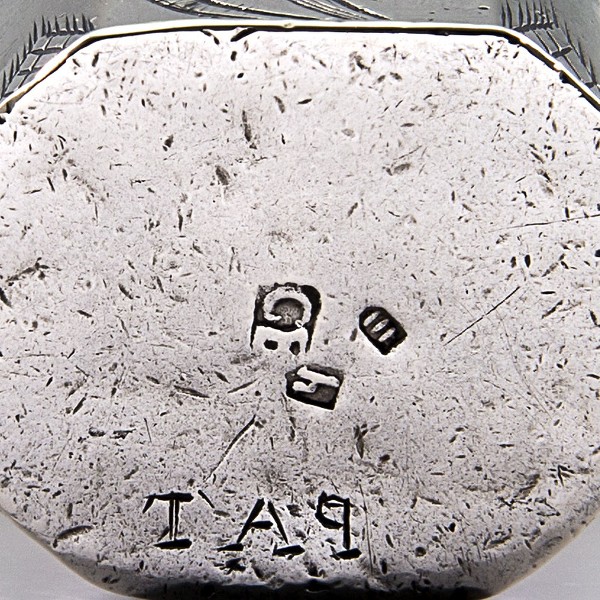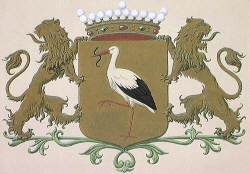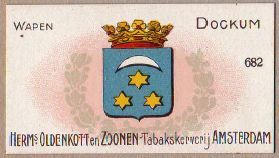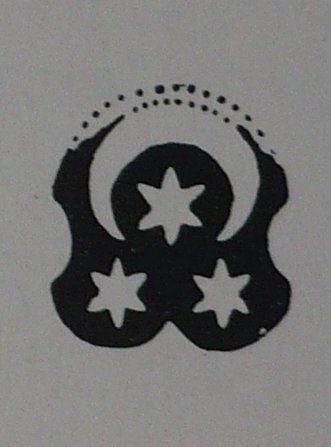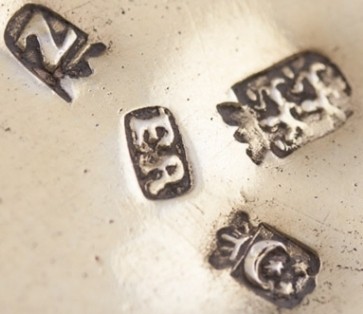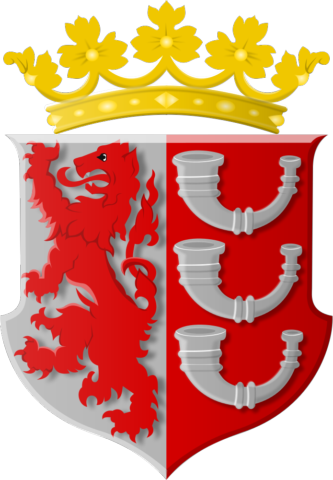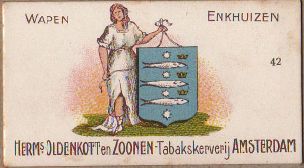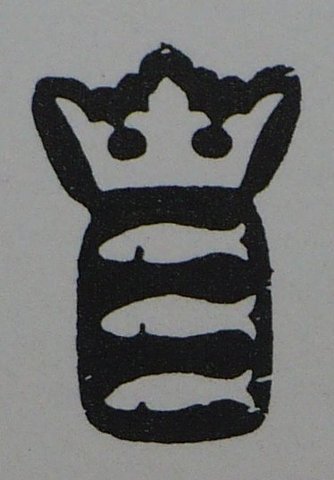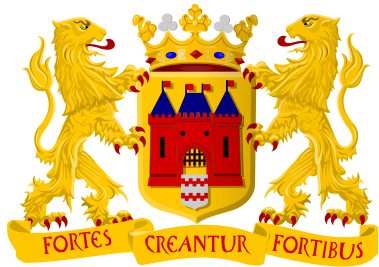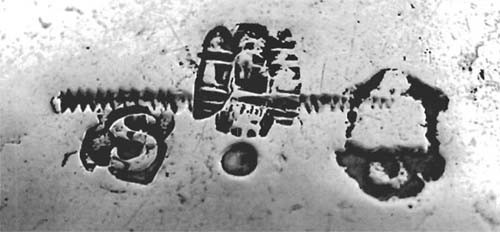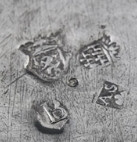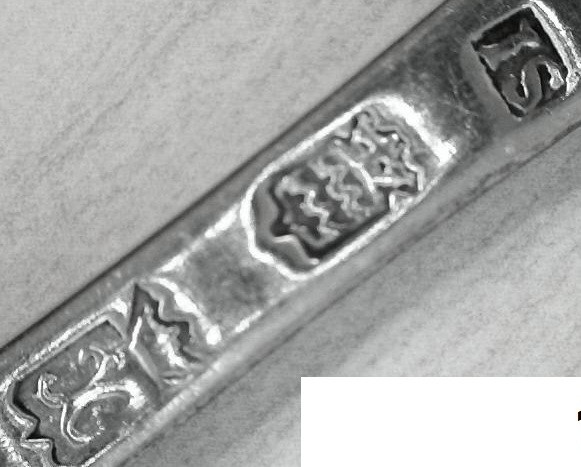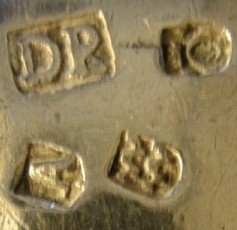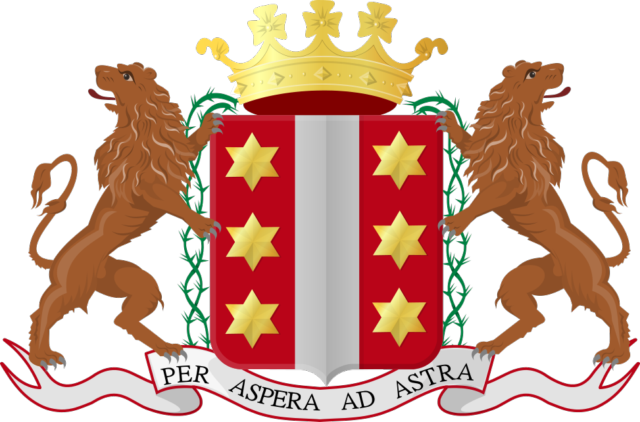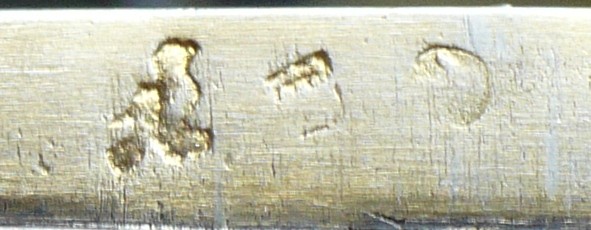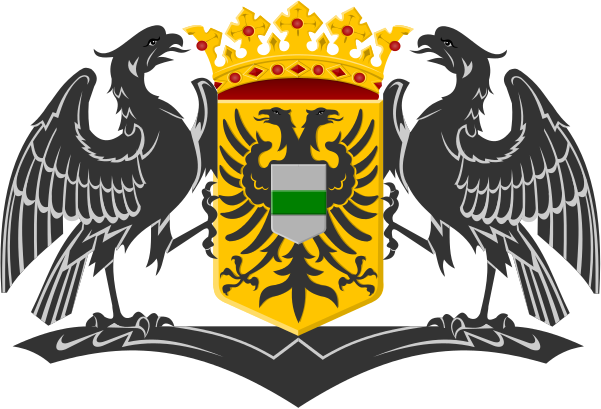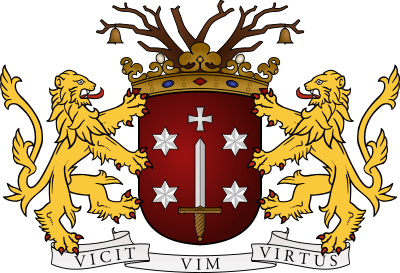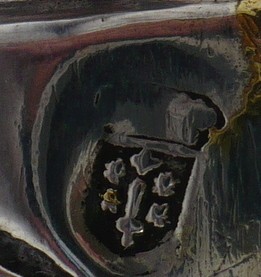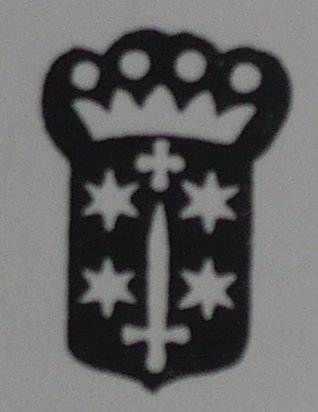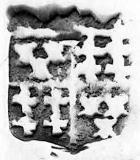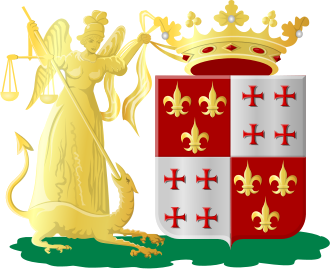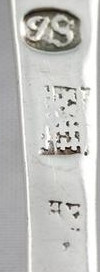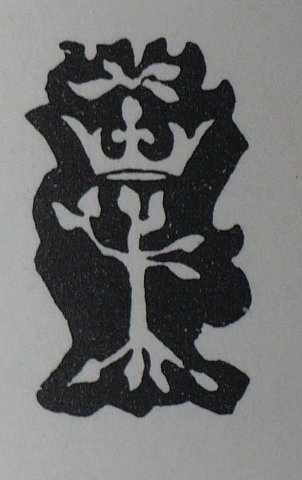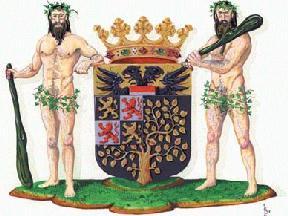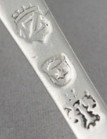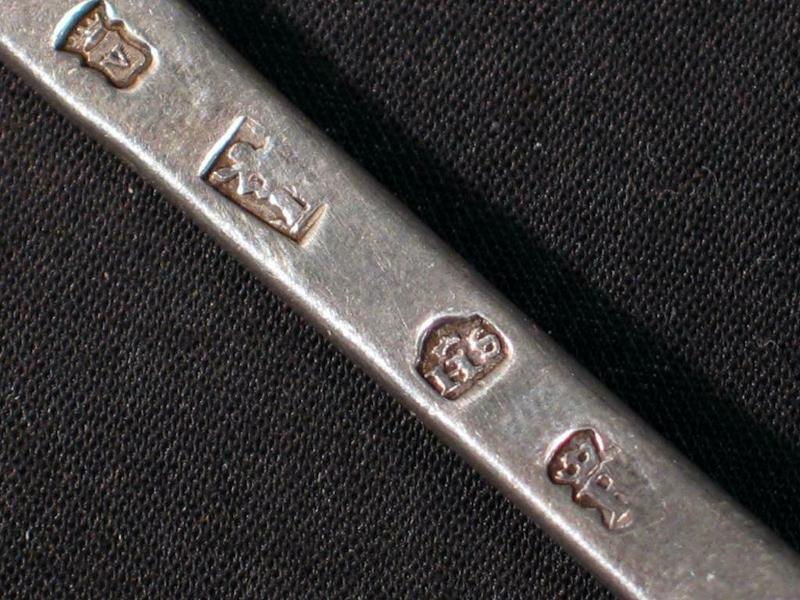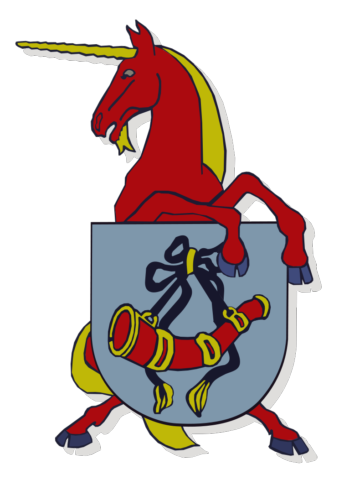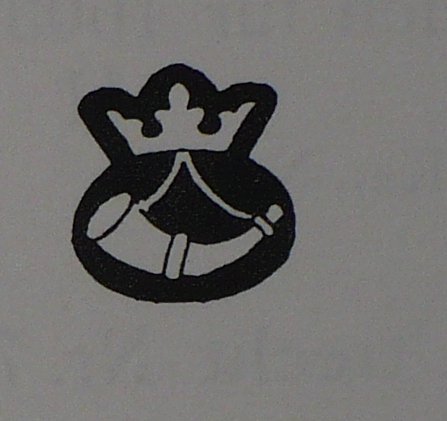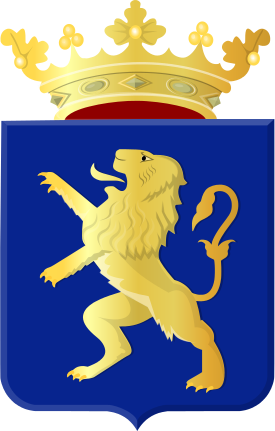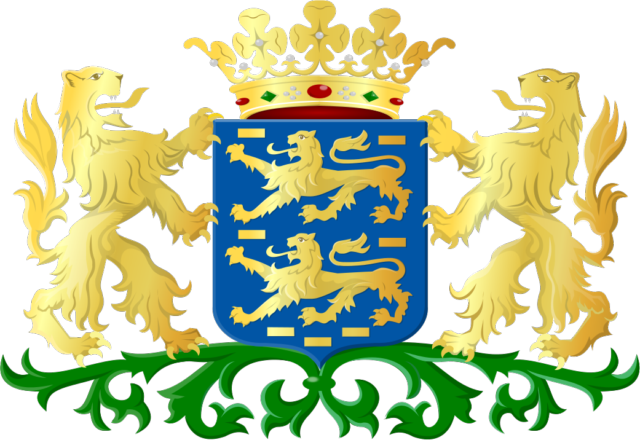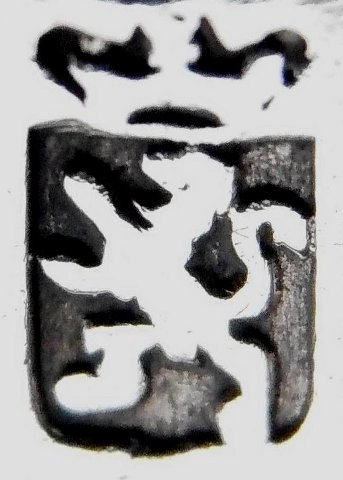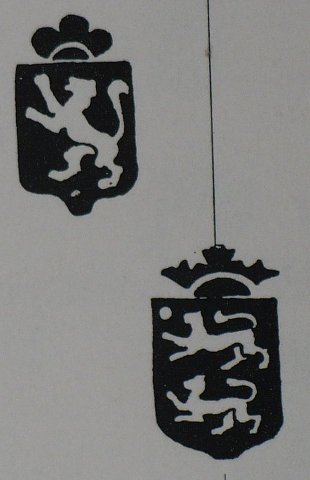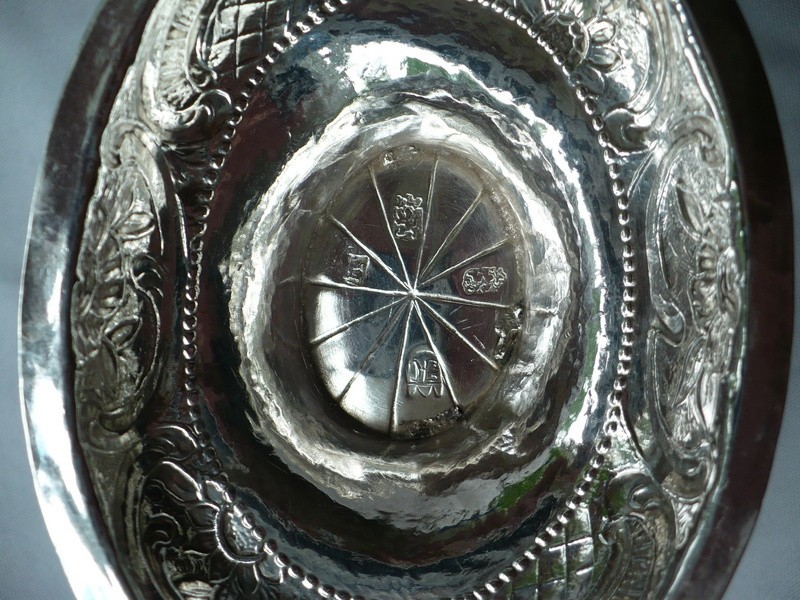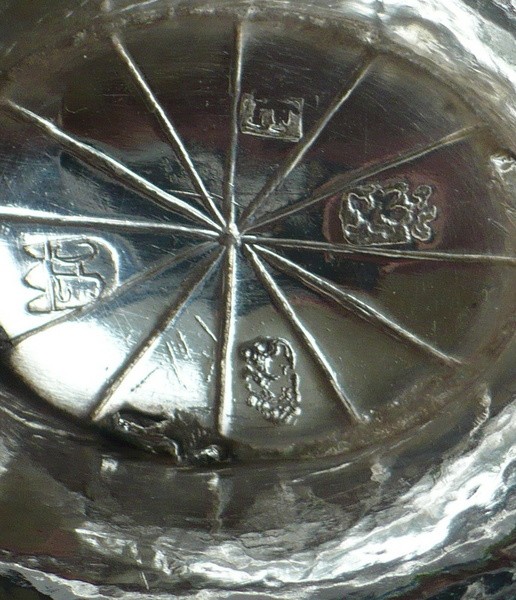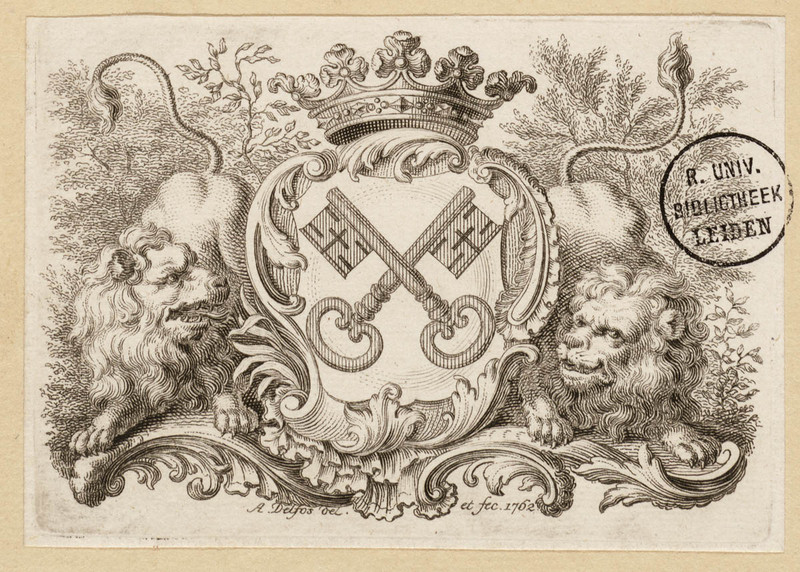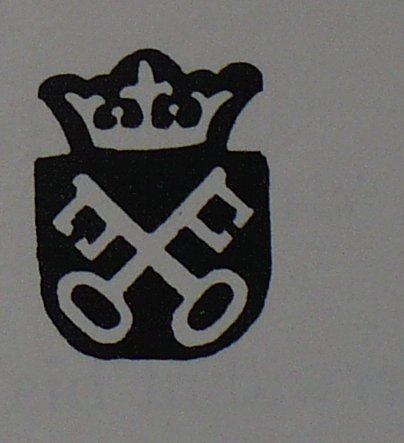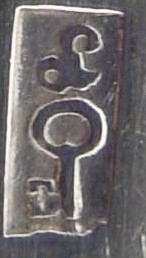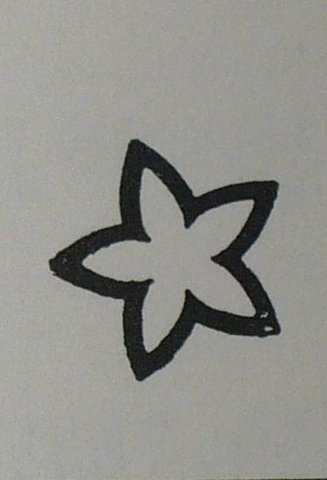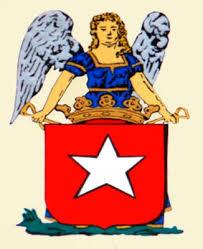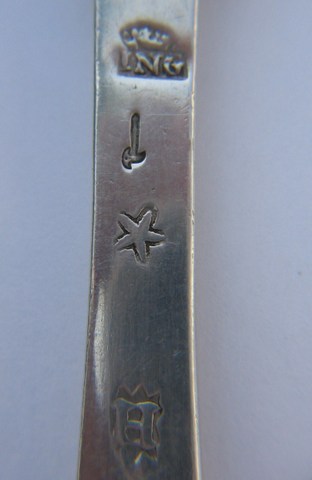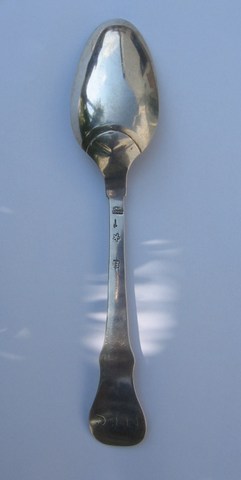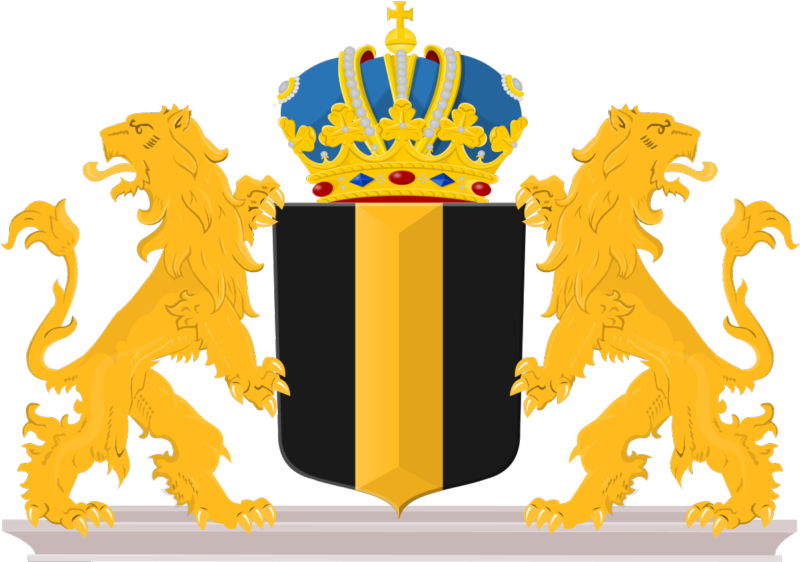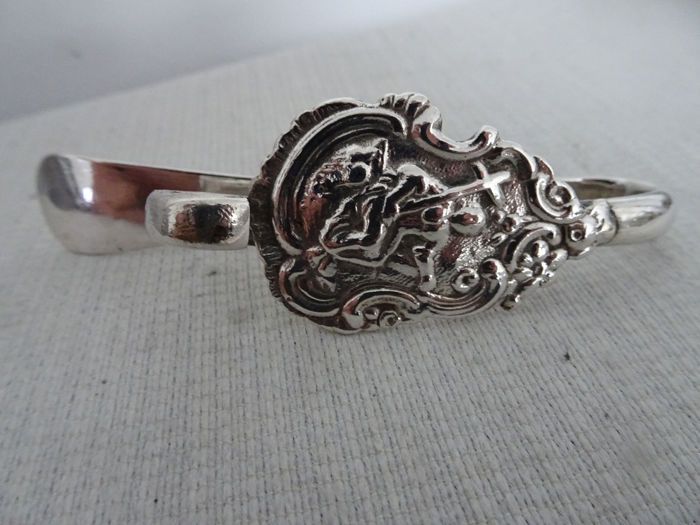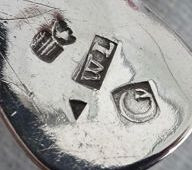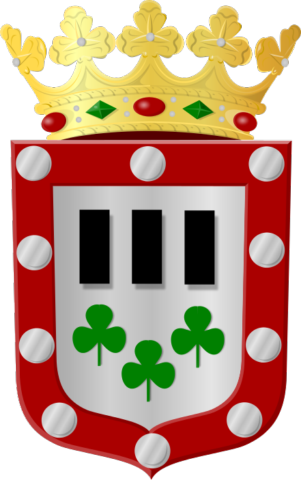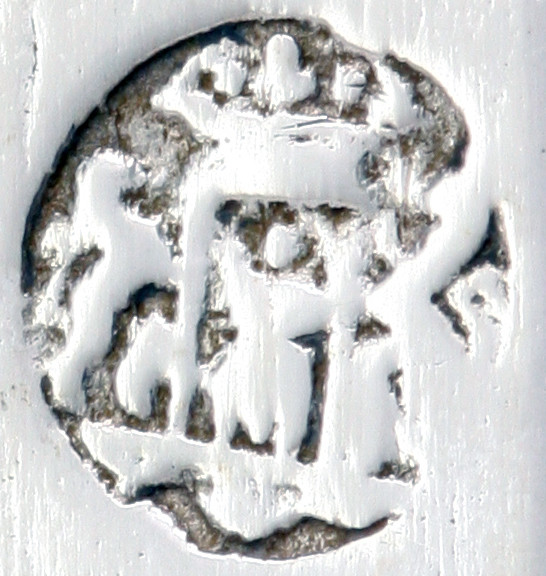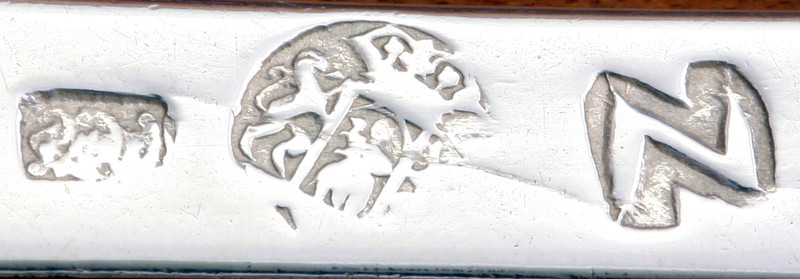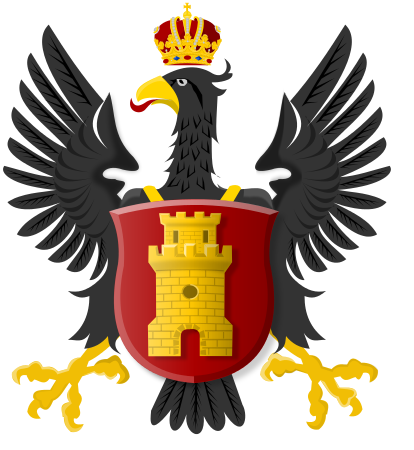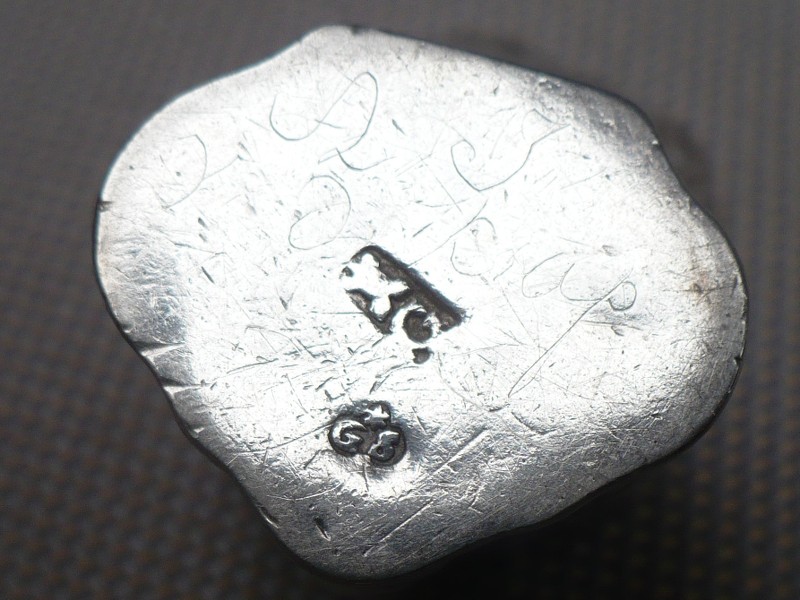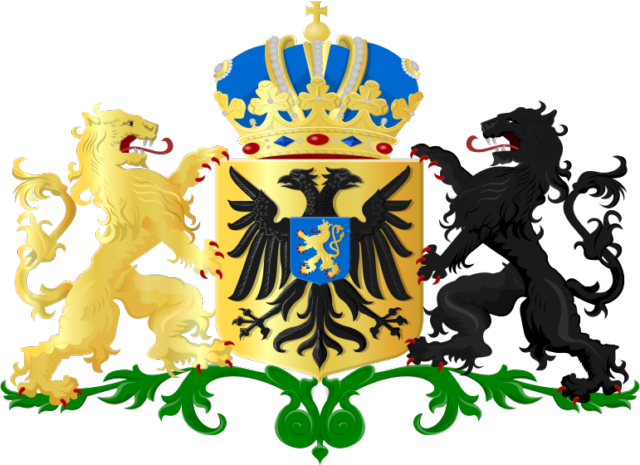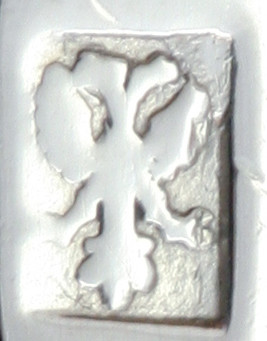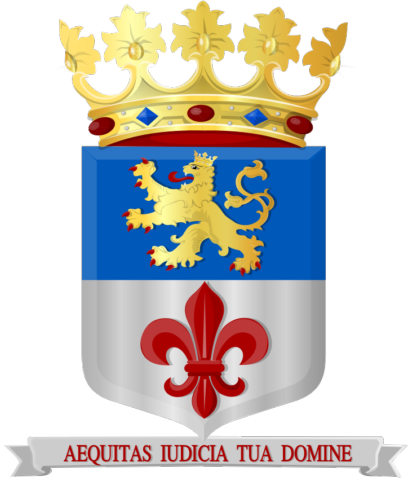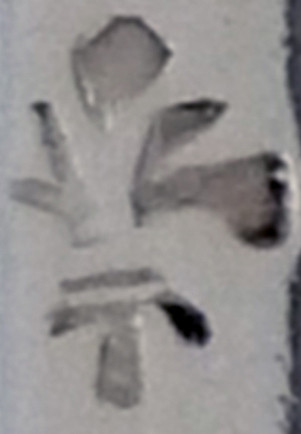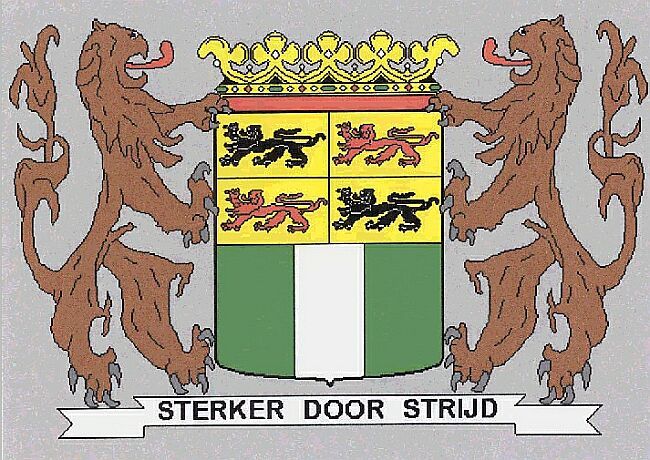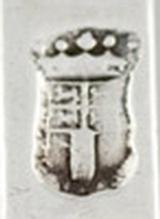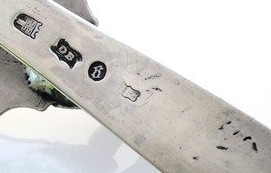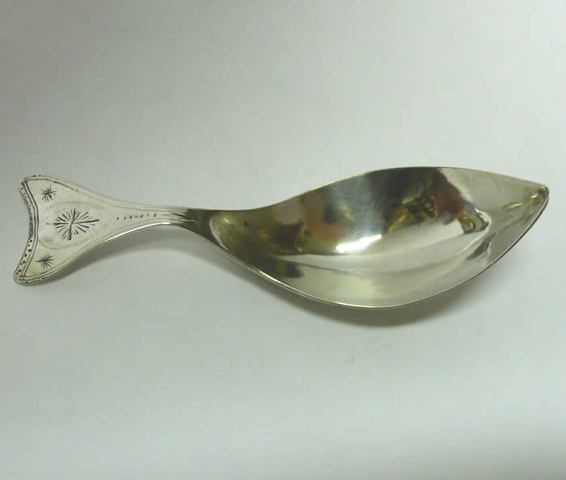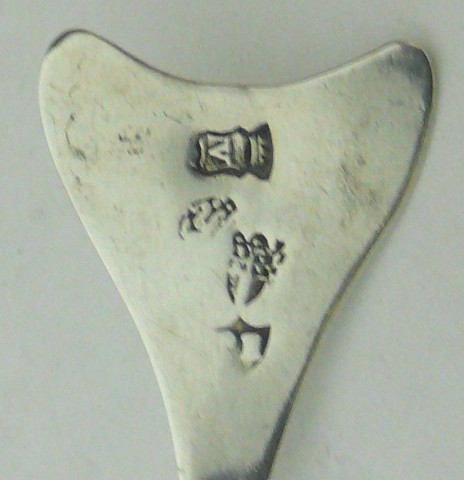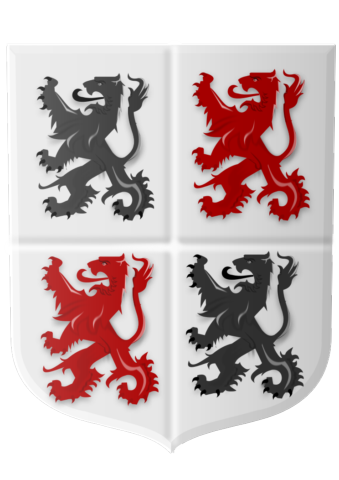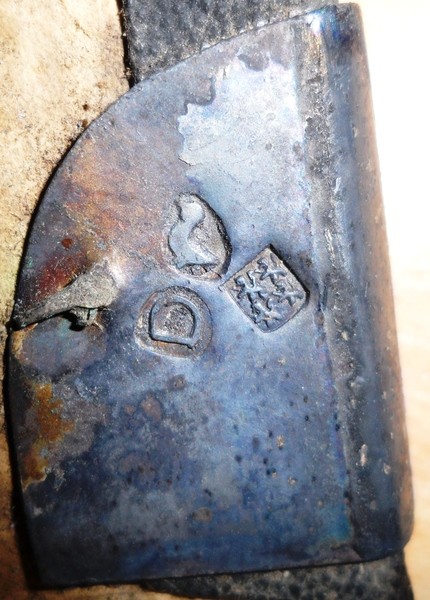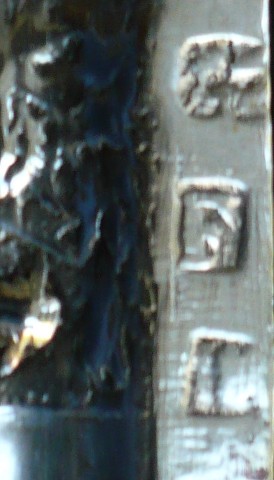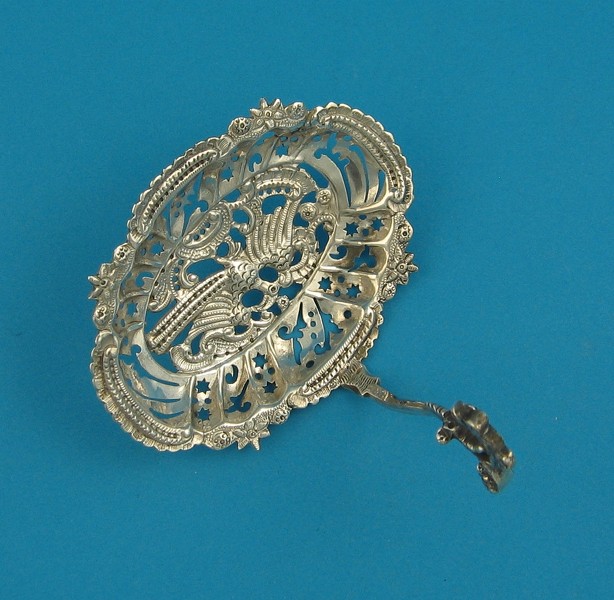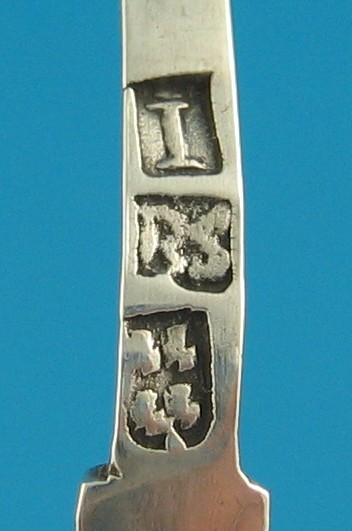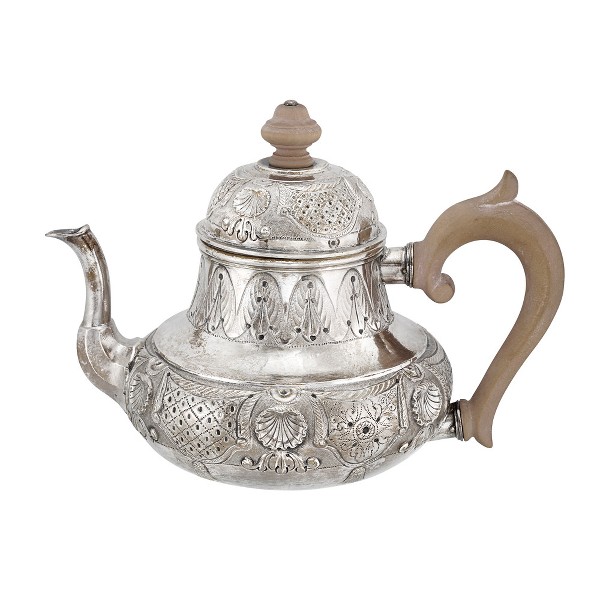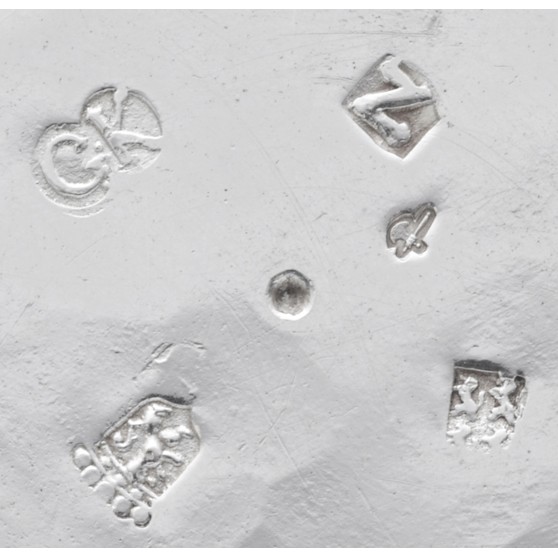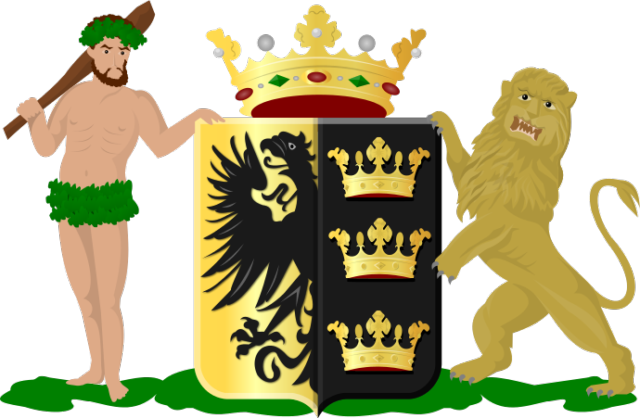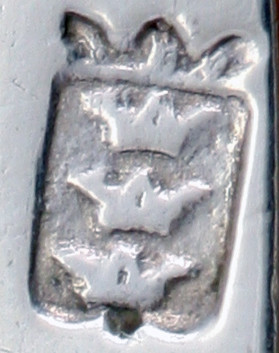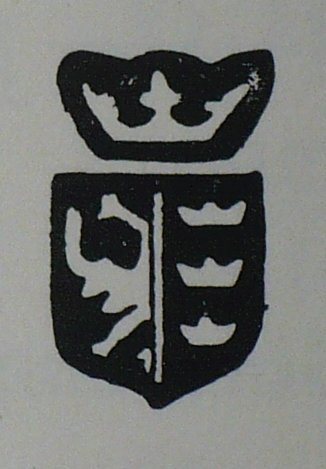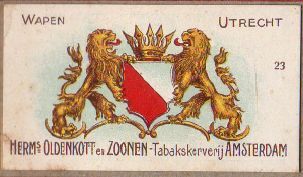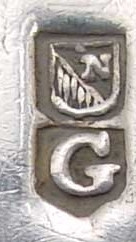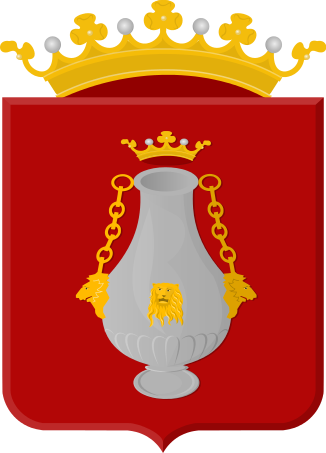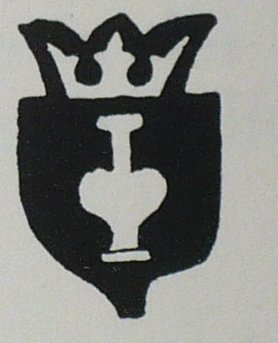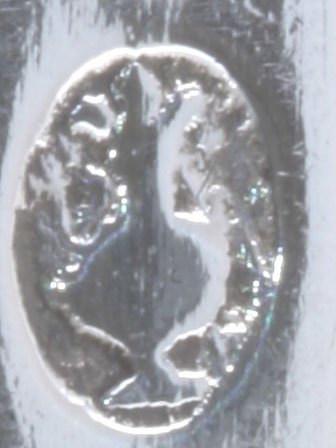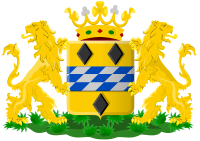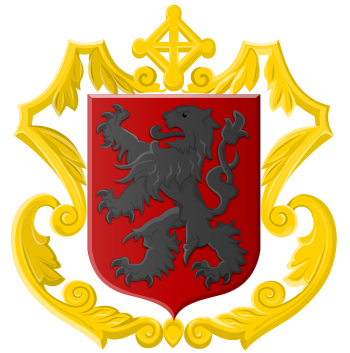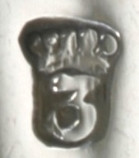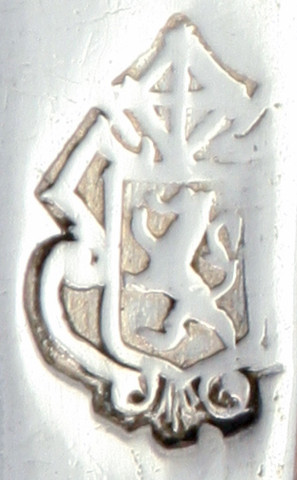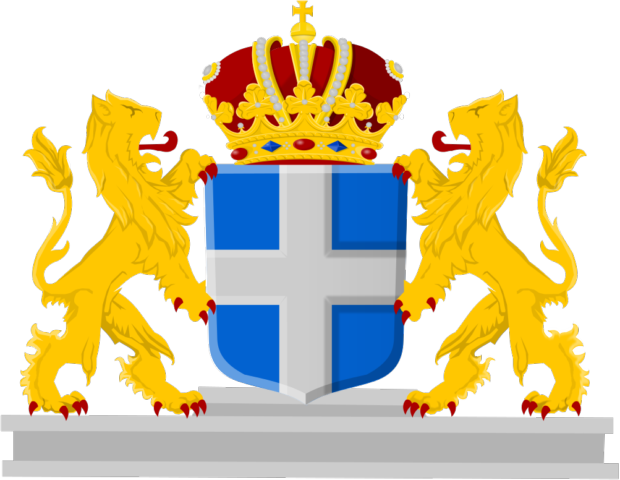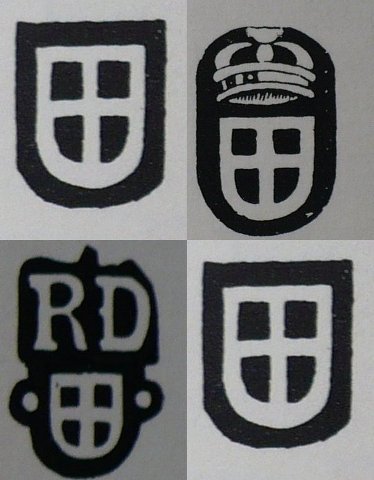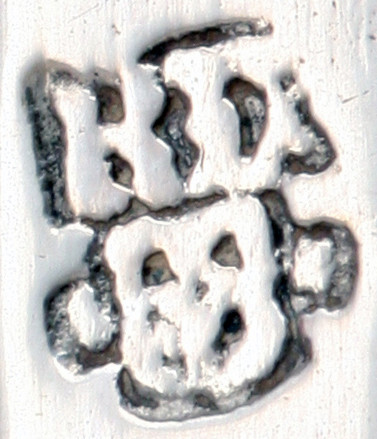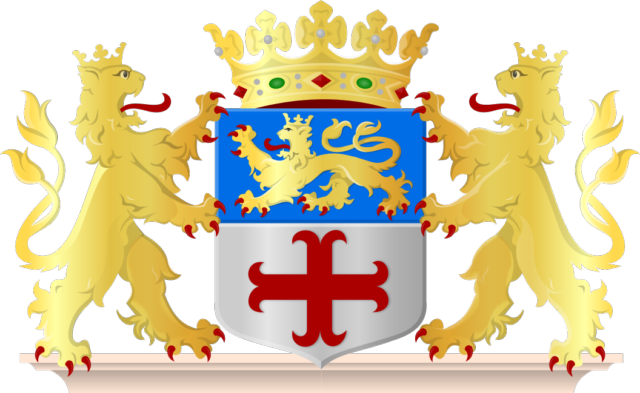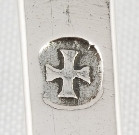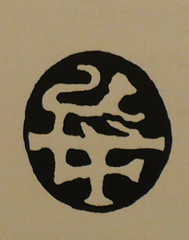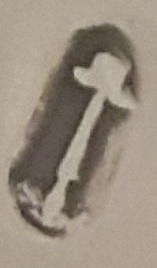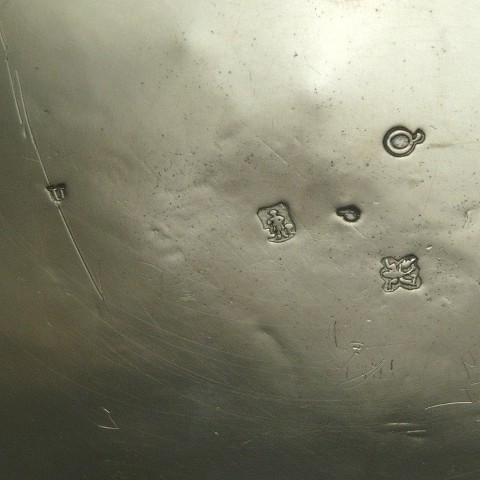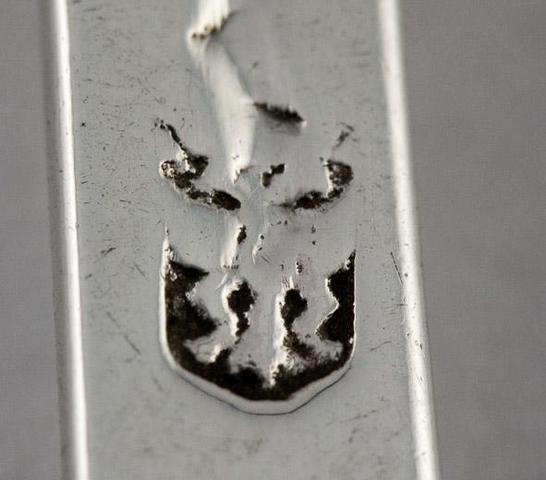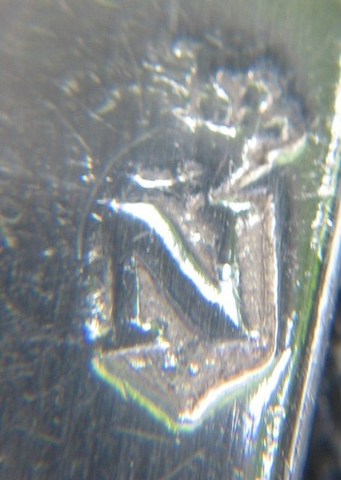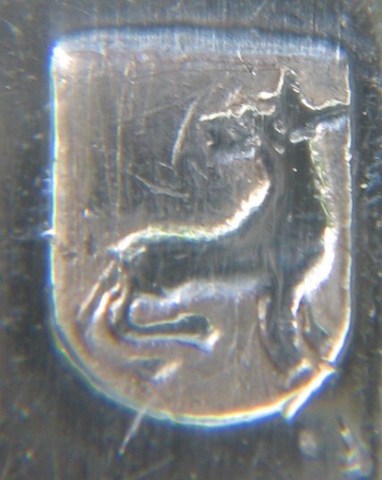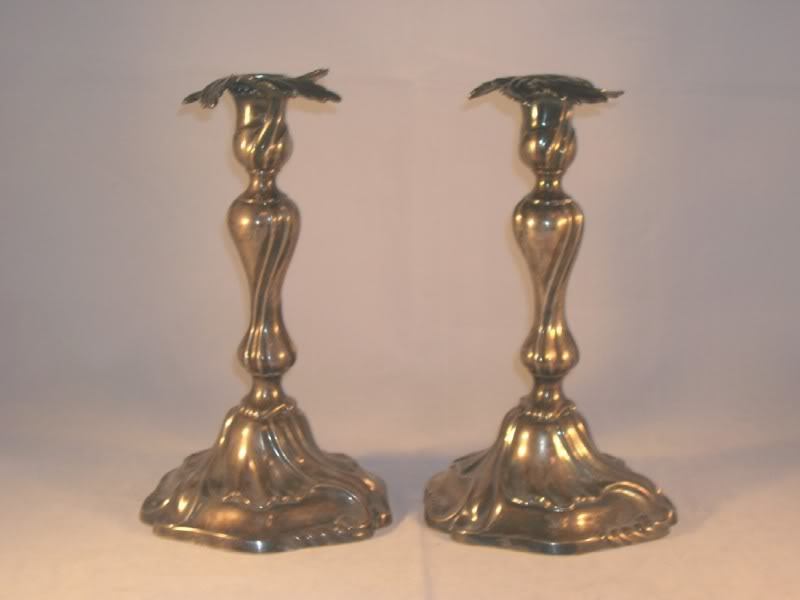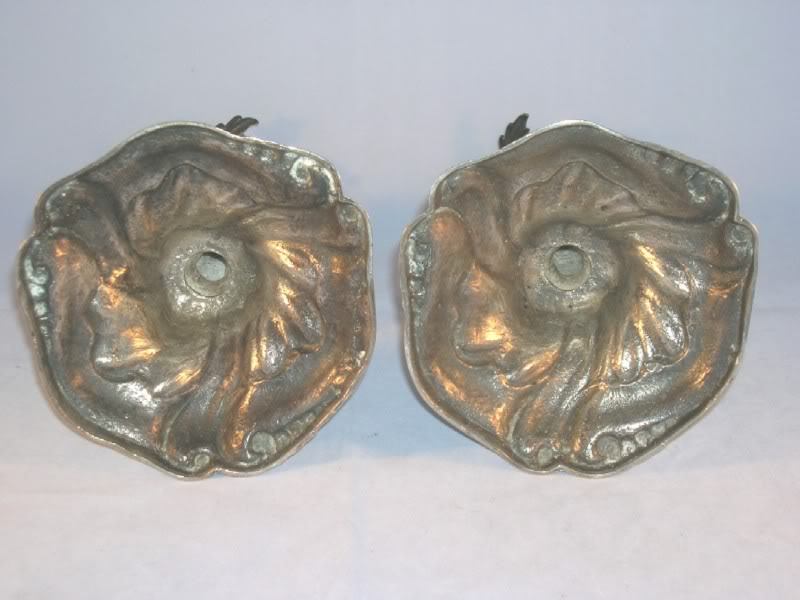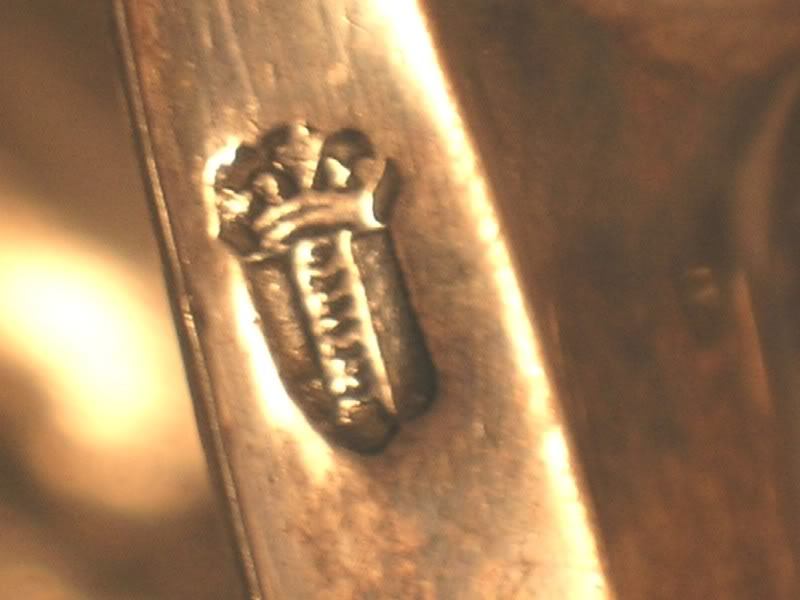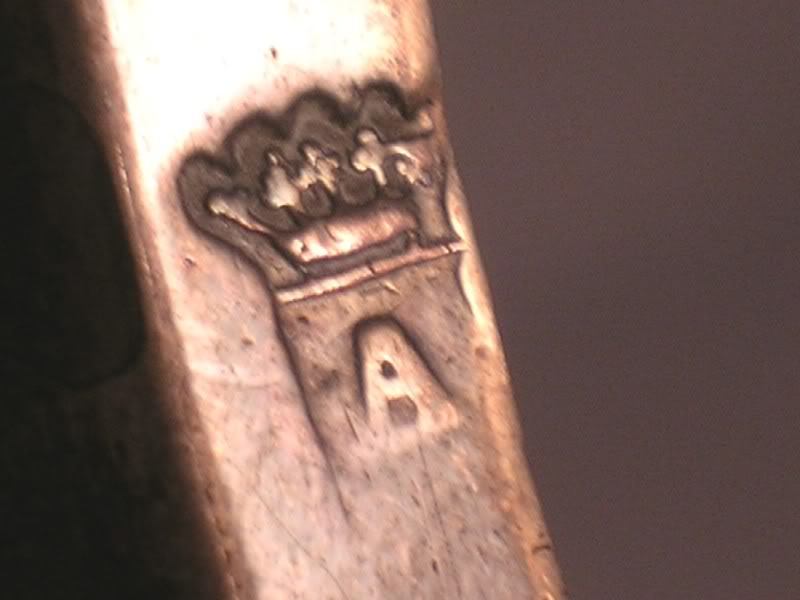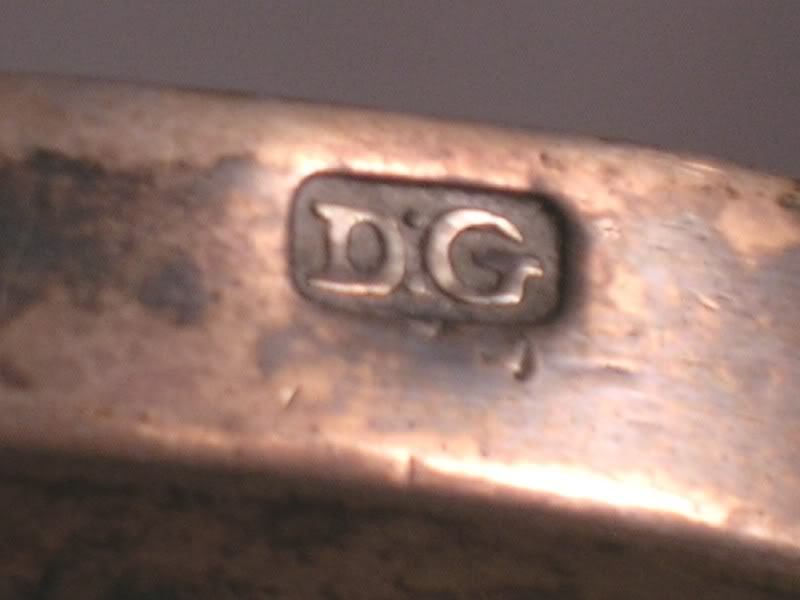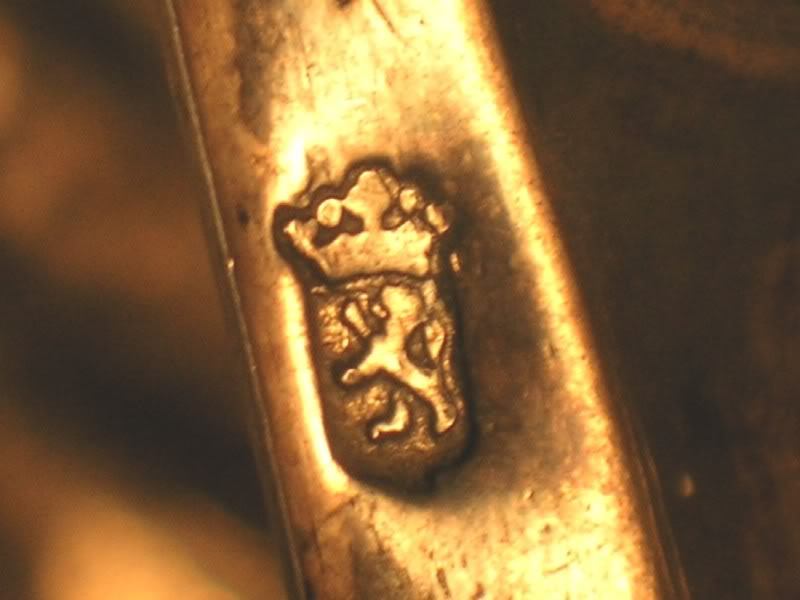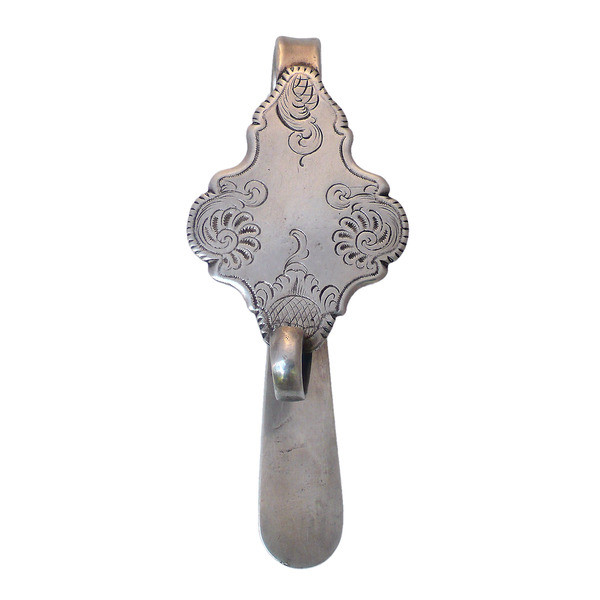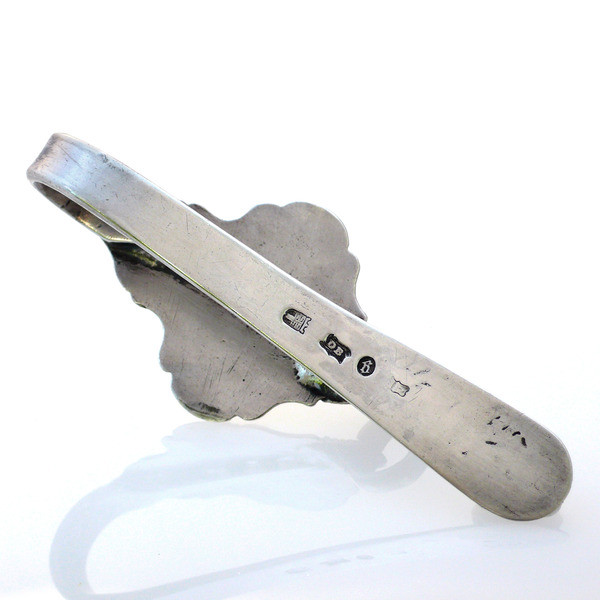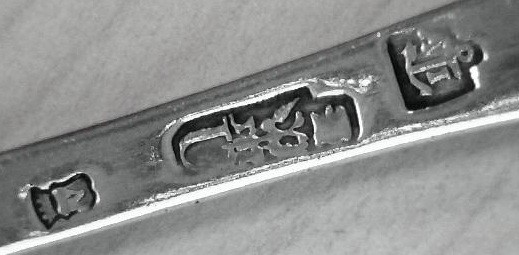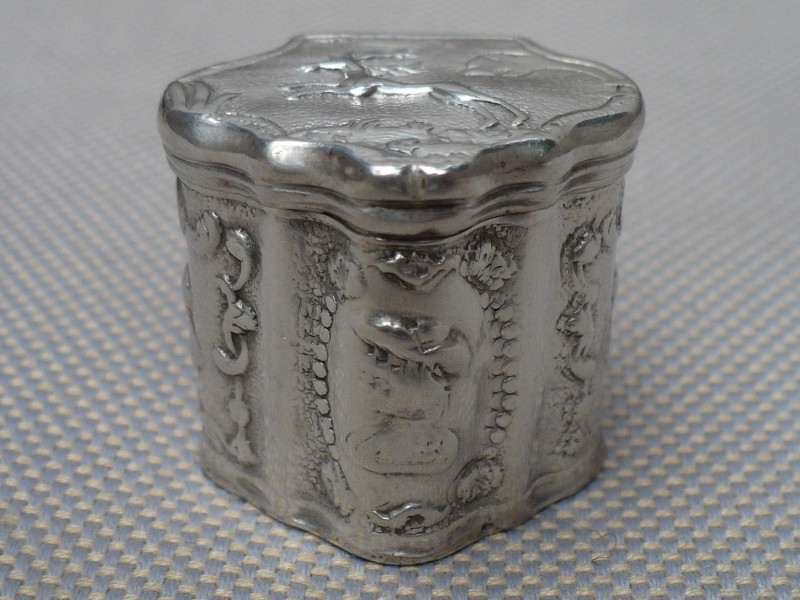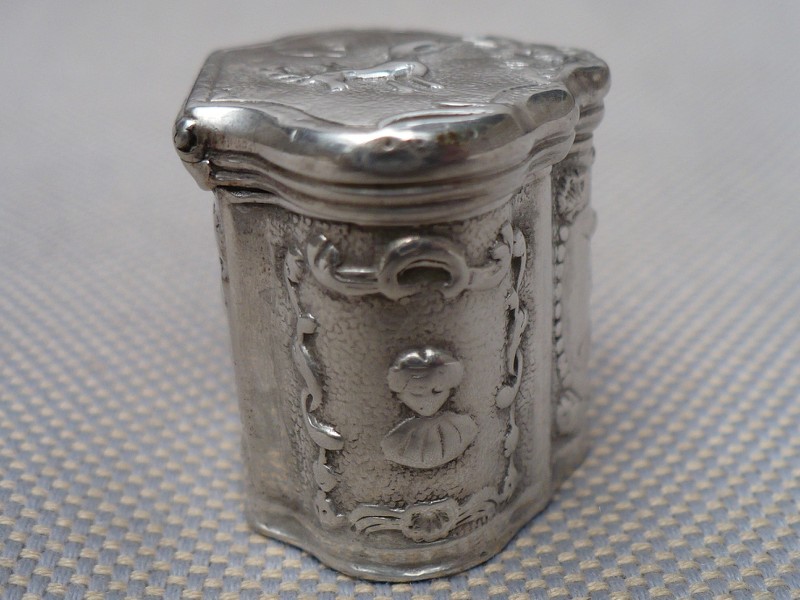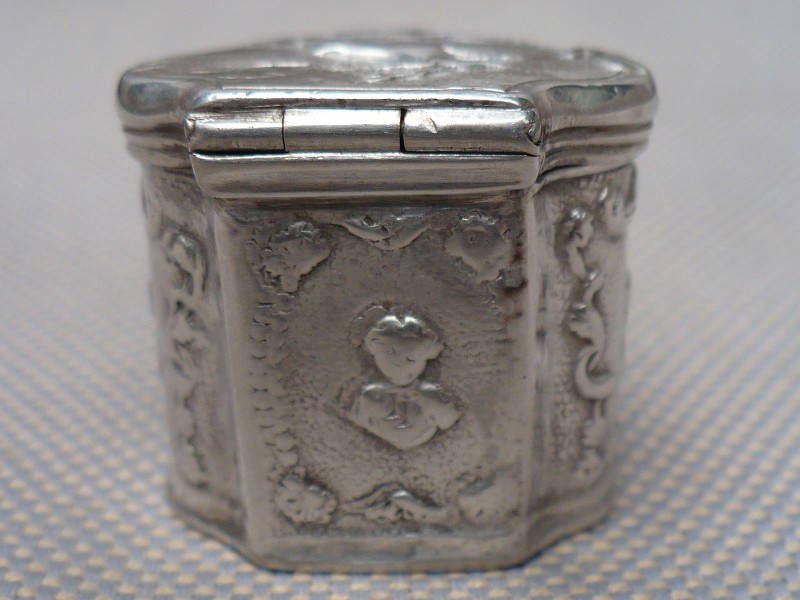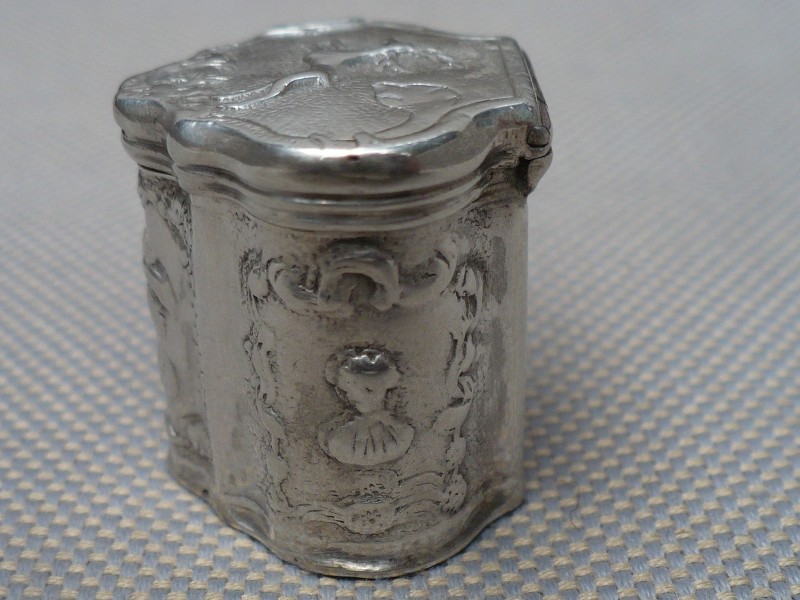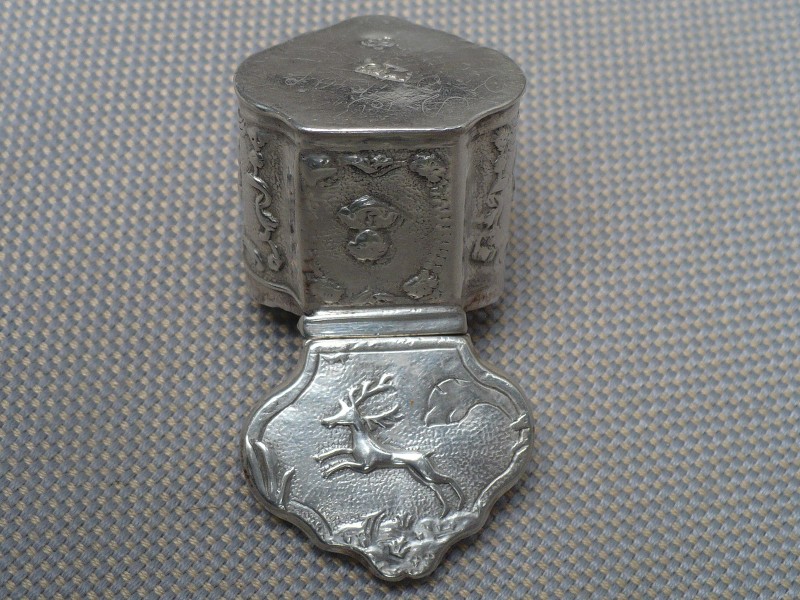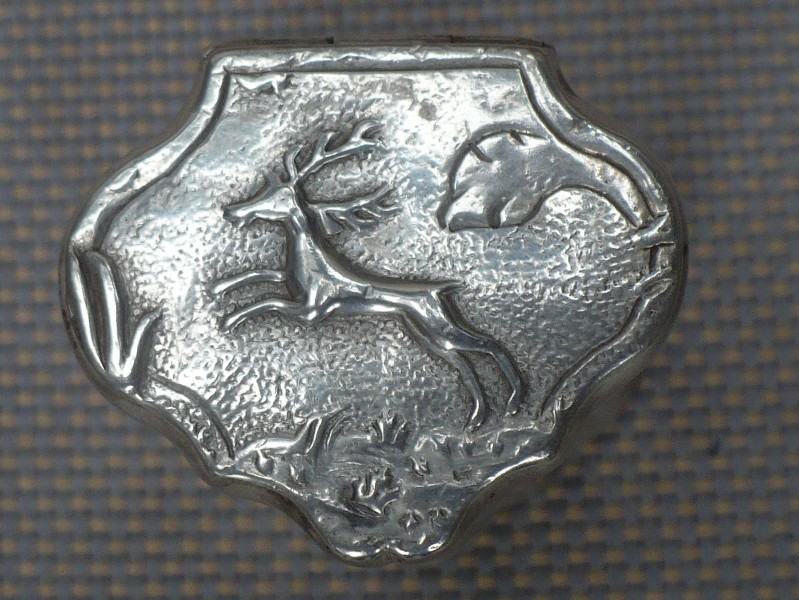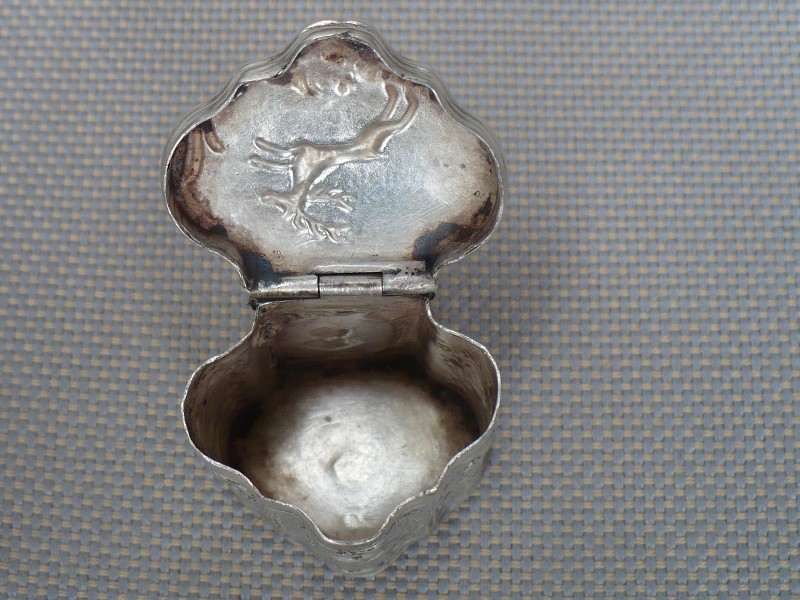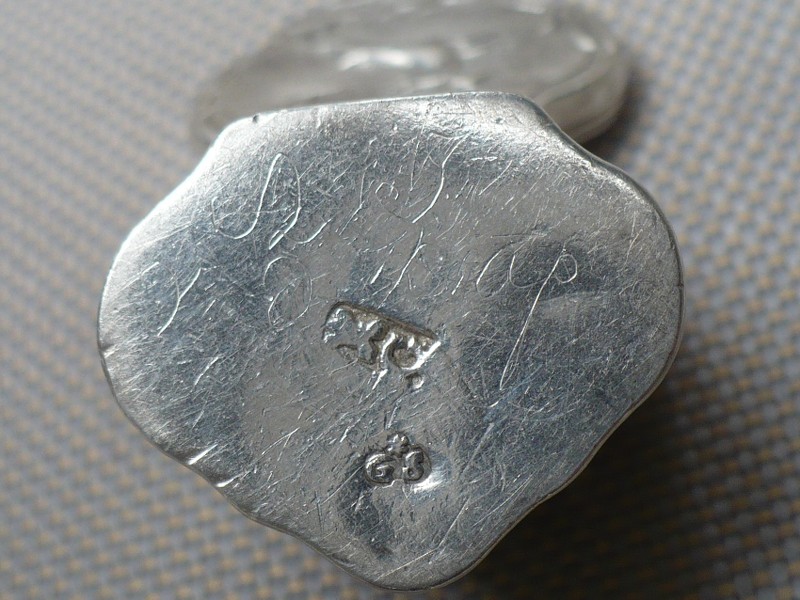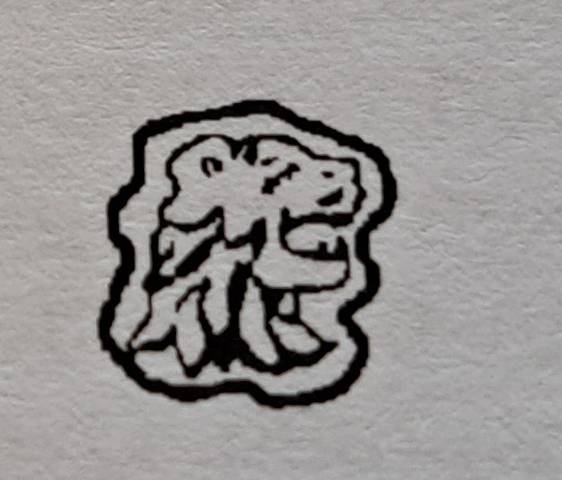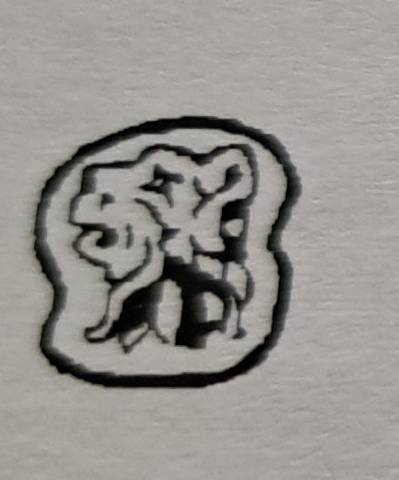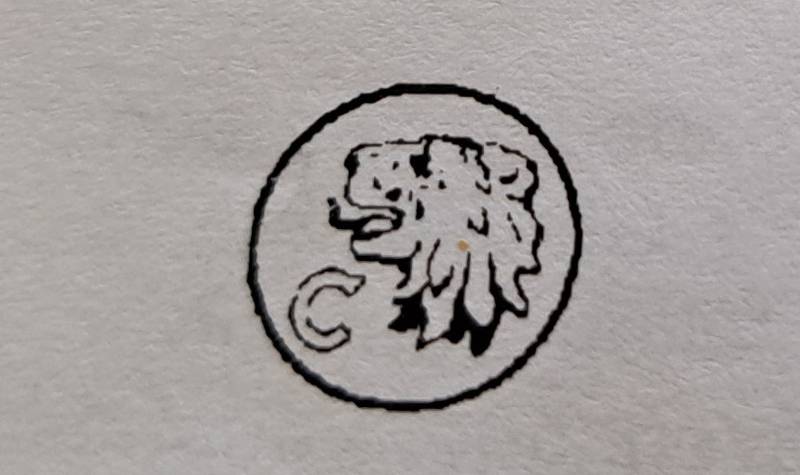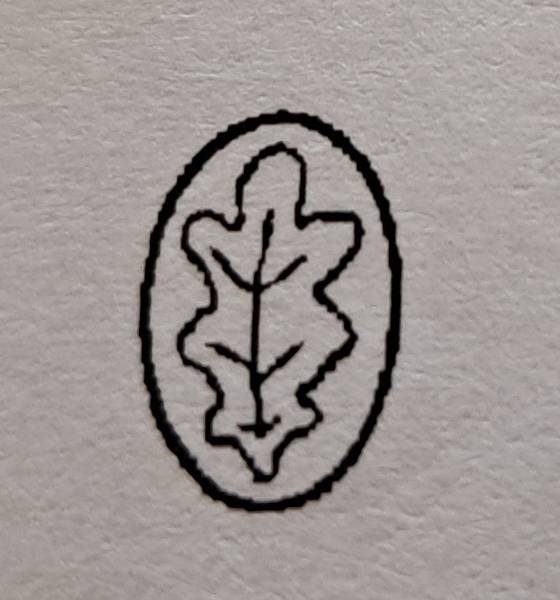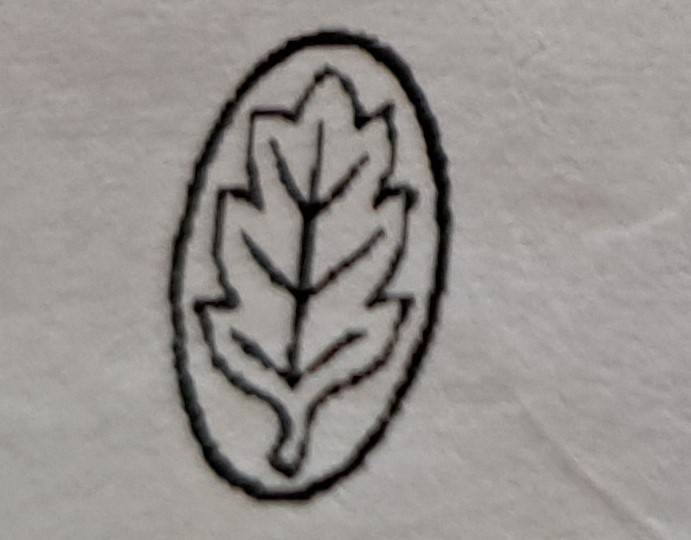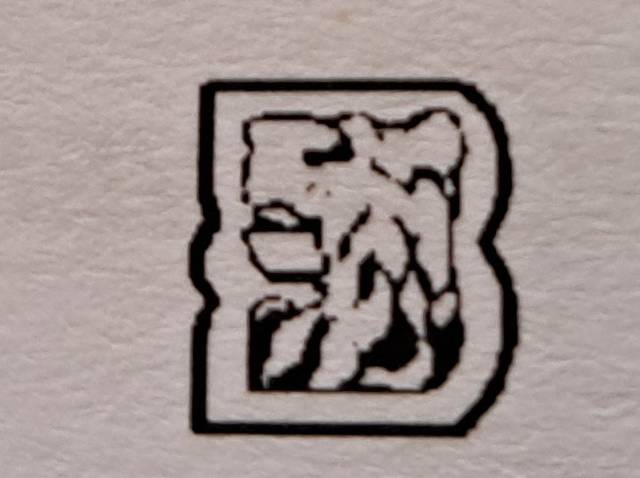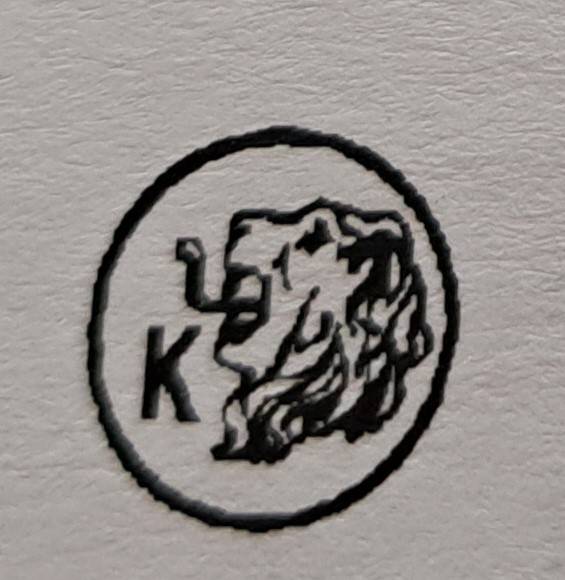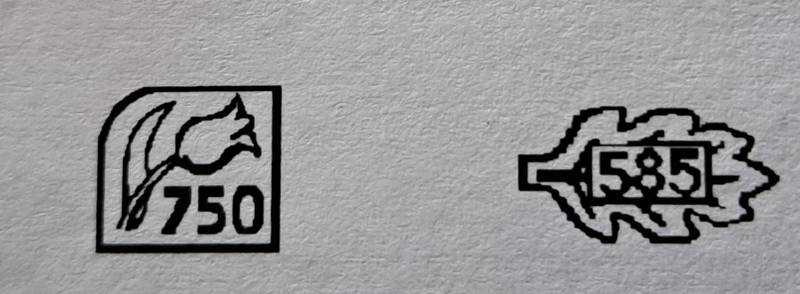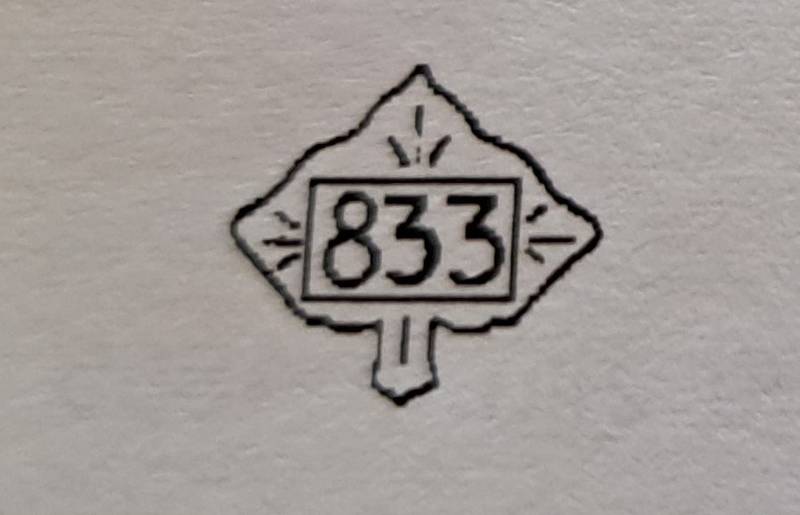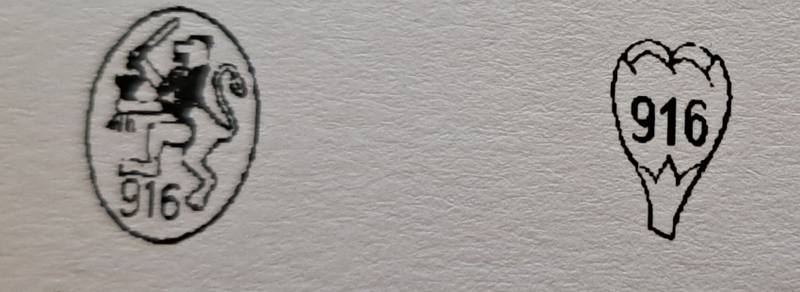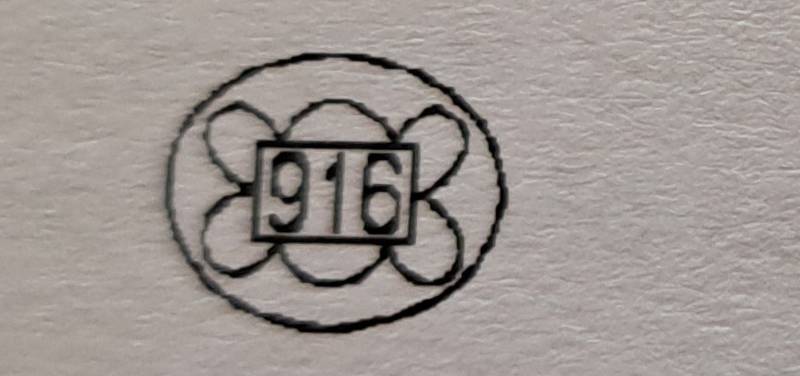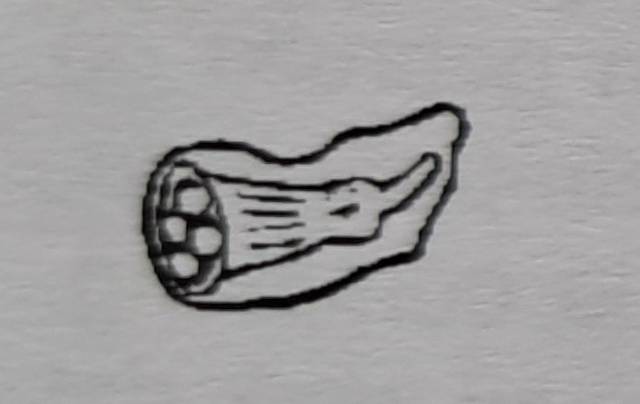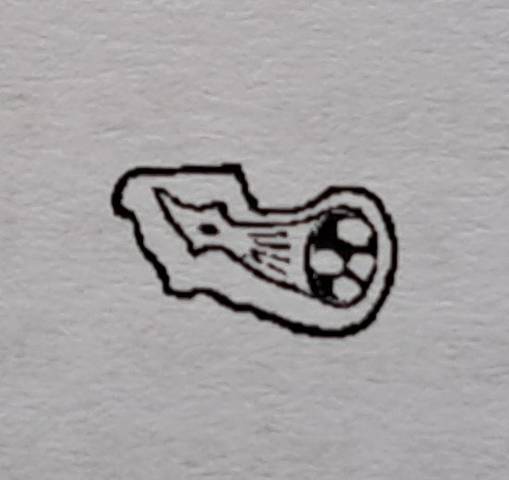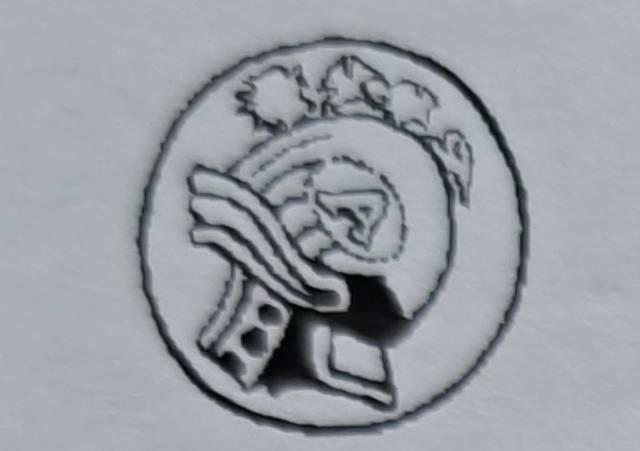Dutch silver hallmarks and year letter chard 1814-2009 and beyond
Posted: Mon Feb 25, 2013 10:56 am
The hallmarks used during: aftermath of French Empire (1804-1815) & United Kingdom of the Netherlands (1815-1830) and todays Kingdom of the Netherlands since 1830 . The period of the guilds before the year 1804.
Ref:
Elias Voet, Jr., Nederlands Goud- & Zilvermerken,
Karel A. Citroen, Dutch Goldsmiths' and Silversmiths' Marks and Names prior to 1812,
Karel A. Citroen, Amsterdamse Zilversmeden en hun merken.
L.B. Gans goud-en zilvermerken van Voet.
W. Koonings De keuring van goud en zilver tijdens het Koninkrijk Holland
World Hallmarks Europe 19th to 21st centuries
Waarborgholland, ˜Netherlands' Responsibility Marks since 1797
Janjaap Luijt, Het zilver Lexicon & other publications
Valse Zilvermerken in Nederland K.A. Citroen
Jan Schipper http://www.zilverstudie.nl
Zilversmeden van de Stad Schoonhoven by S. A. C Begeer, E. Hak & L. Linhart-du Cloux
Dutch silver hallmarks and date year chard 1814-2009
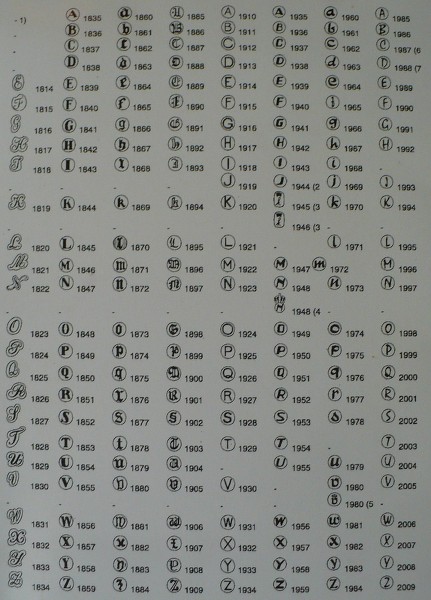
To enhance click on image twice.
The date or year letter; to identify the assayer on duty under whose responsibility the assay test took place to determine the legal silver standard.
Rule of thumb; date letter always in combination with maker's mark and standard or fineness mark and assay office mark or Minerva head with a regional assay office identification letter in its helmet. Until 1931 the assayers were personally liable for mistakes in the result of their work. Until 1931 date letters were considered to be their responsibility marks. When in the course of a year the assayer of a certain office was succeeded by another one, as a consequence the date letters of that office were provided with a distinguishing mark. Usually it was a dot, but commas, crosses and stars also occurred. There are a few date letters bearing two dots; the result of two changes of assayer within a single year.
Ref: Netherlands'Responsibility marks from 1797 part 1
The first clear marking rules were laid down in art. 33 to 38 of the General Service Order of February 1st 1814, with the following principles:
- As far as practicable all objects must be provided with the three marks or responsibility marks; maker's mark, office mark and date letter to identify which assayer was on duty.
- All parts of objects will be marked as far as practicable to prevent fraud by connection of other parts. Such can be conveniently done, when the pieces have been made to one of the legal standards of fineness, by spreading the three marks. One shall place the date letter near the large or medium hallmarks. If there remain unmarked pieces, in this case these shall be provided with the small marks: the sword mark for small work.
Standard marks silver used 1814-1953 (Arabic numeral) and Office mark mark used 1814-1905-1906-present.
Standard marks guarantee the minimum overall fineness. For example if the assayer finds an overall fineness of .875, the assayer will mark it with 2nd standard mark guaranteeing minimum .833 or Sword mark, standard mark for small silver objects
Lion Rampant 1 for .934 fineness or 93.4% pure silver

V.K. within G or horseshoe, frame 2 conjoined vases for; Gerritsen & van Kempen n.v. Zeist around 1926/? (1961). Lion Rampant 1 for 934 fineness, Assay Office mark used 1906- present, with letter B in its helmet for the regional assay office of Utrecht., date letter V for the year 1930
Lion passant 2 for .833 fineness or 83.3% pure silver
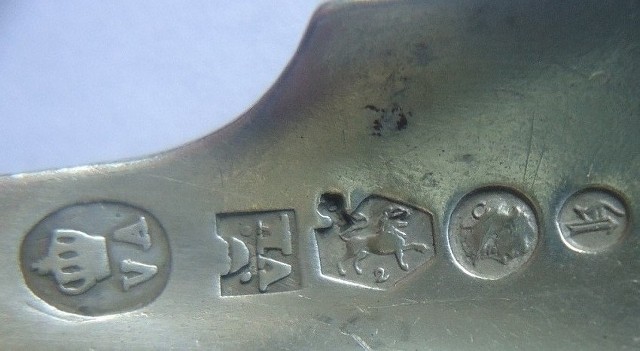
Image from left to right.
VA under a Crown for: van Arcken & Co registered in Batavia & Soerabaja ( Former Dutch Indies) registered from 1889 /?. Retailers.
VK under a crescent moon between two dots, makers mark for: Firm J.M van Kempen & Zonen, located in the city of Voorschoten , this mark used 1858/1924
Lion passant above 2: standard mark silver .833 fineness (1814-1953) with export key: mark to indicate 2/3 duty restitution upon export valid 1853 till 1953.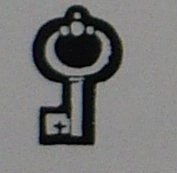
Minerva head or office mark with the regional assay office letter C in its helmet for the assay office of The Hague.
Date letter h for 1892
Standard marks silver used 1953 - Present (Roman numeral) and Office mark 1906-present
Lion Rampant I for .925 fineness or 92.5% pure silver
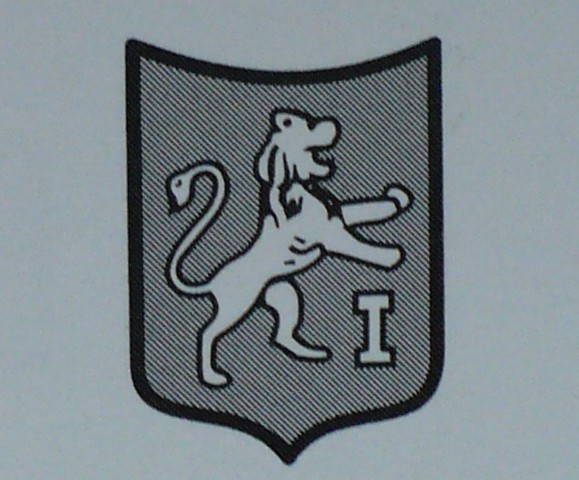
Lion Passant II for .835 fineness or 83.5% pure silver
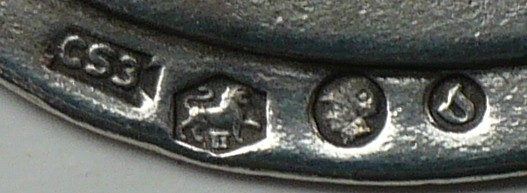
CS 3 (in rolling pin shaped frame) for; C.A. Stout, Rotterdam mark used 1961/2002. Lion Passant II for silver 835 fineness. Assay office mark with the letter D in its helmet for regional assay office of Rotterdam. Date letter S for 1978
Lion Couchant III for .800 fineness or 80% pure silver introduced in 1987
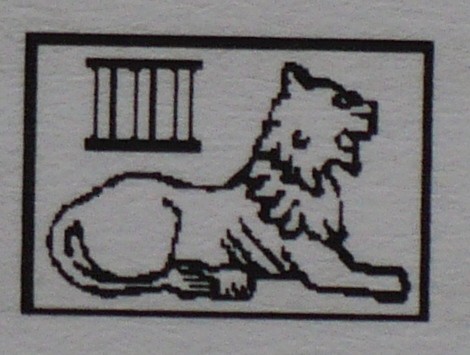
Office mark or Minerva head 1814-1905 & 1906-Present
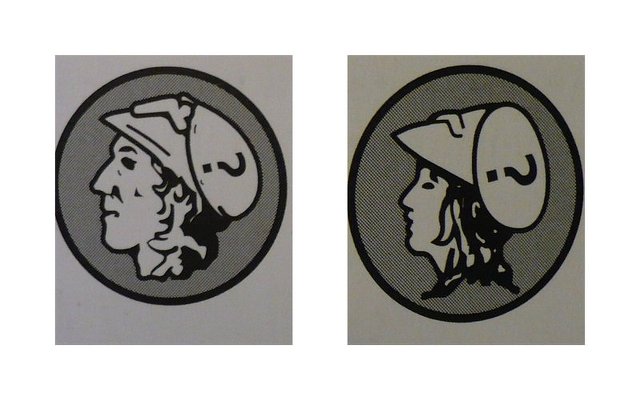
Regional Assay Office identification letters
A - Amsterdam closed 1988
B - Utrecht closed 1986
C - The Hague ('s-Gravenhage) closed 1988
D - Rotterdam closed 1988
E - Groningen closed 1927
F - Leeuwarden closed 1984
G - Zwolle closed 1878
H - Arnhem closed 1970
I - Breda closed 1875
J - Joure opened 2002
K - Den Bosch ('s-Hertogenbosch) closed 1986
L - Middelburg closed 1889
M - Schoonhoven closed 1987, reopened 09-06-2003-present
N - Maastricht, the letter M used 01-03-1842/11-01-1844, assay office closed in 1927
0 - Roermond closed 1868
P - Alkmaar closed 1924
Q - Roosendaal closed 1927
R - Gouda opened 1988
The Sword Mark
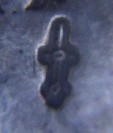
The Dutch sword mark;
The sword (used 1814-1905) and 2nd sword mark used 1906-1953. Standard mark for; small work silver minimum 833 fineness= 83.3% pure silver and used on small work without date letter and office mark and in combination with maker's mark. NB. This sword mark is also used on large works consisting of more than three parts interconnected by links or hinges. On these objects the office mark, standard mark and date letter were spread, one per part, the remaining parts were struck with the sword mark.
Two different swords have been used and are hard to keep apart. In 1953 the sword mark with numeral fineness was introduced./i]
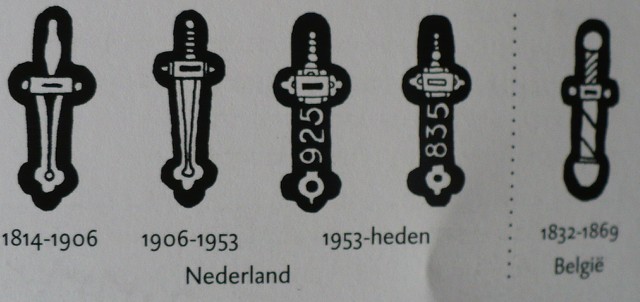
The Duty marks:
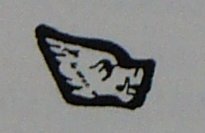
The Boars head or the 1831 duty mark, this mark is of two sizes. It did not give any guarantee on precious metal content. It has been used as a duty mark on metal with a gold or silver content of 250 minimum. This mark was destined for all imported, unmarked and invalid marked objects of foreign, national and unknown origin. The big sized Boars head used 1831-1855 and the small Boars head used 1831-1893
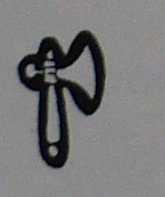
The hatchet, the 1853 duty mark for old silver objects of national origin returned to the trade. In accordance with several resolutions with further clarifications, this mark was intended for objects with the hallmarks of the ancient Netherlands silversmiths companies, of Louis Napoleon's Kingdom of Holland, of the French Republic, of the French Empire until the end of 1813, of Maastricht and Liege 1814-1815, and of the former Southern Netherlands. In accordance with these resolutions even objects with marks which clearly had been struck in France and the present Belgium were to be considered national and thus exempt from import duty and double marking duty. Later it was decided that objects with this hatchet mark were to be considered as equal to guaranteed objects, and were thus permitted to be exposed for sale in the showcases for guaranteed objects. The use of this mark was abolished in 1927 for two reasons: 1st . The lack of knowledge of the old marks has caused this mark to be sometimes struck on old foreign objects. 2nd. this mark had often been counterfeited and used to give objects an antique aura. The difference with the older French hatchet mark: The French mark was struck tax free on objects with valid hallmarks
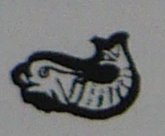
The Dolphin mark
The Dutch dolphin mark; the 1859 duty mark for new unguaranteed objects of national origin. This mark was used on all new silver objects below legal standard of fineness, those with non-precious metal additions, and on new heavily gold or silver plated objects, as long as the average precious metal content after melting with the base metal was at least 250/1000. It was also struck on rejected objects which had been submitted at lowest standard of fineness. In that case the maker had to choose between destruction or unguaranteed marking. This mark was sometimes also mistakenly used on old and foreign objects. Dolphin mark used from 1859-1893 and valid from 1859 till 1953.
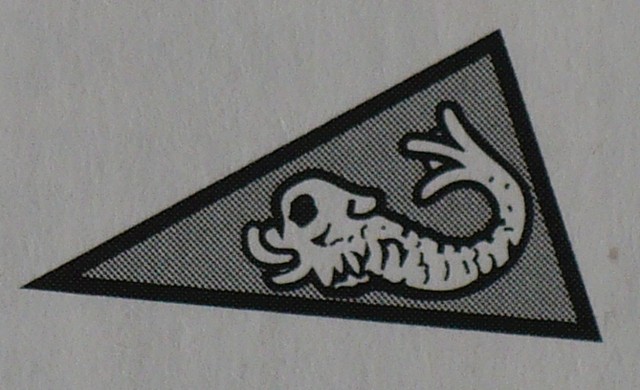
Dolphin mark used 1893-1905 and valid 1893 till 1953. ( The 1953 Dutch marks renewal act)
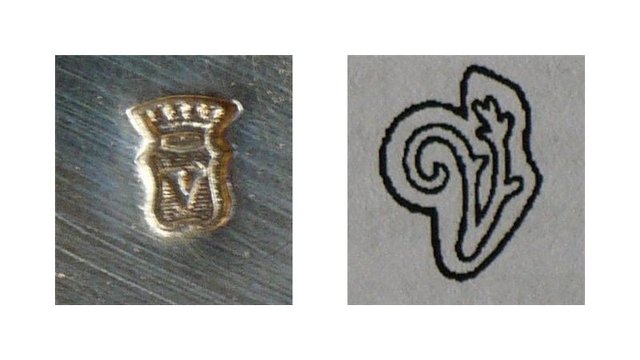
Crowned V for large items; duty mark for foreign and other untaxed objects used 1814-1893. This duty mark does not give any guarantee of a precious metal standard of fineness. This mark has been used on metal with a 250 minimum silver content as a duty mark. This mark was destined for all imported, unmarked and invalid marked objects of foreign, national and unknown origin. Upon the invalidation of the hallmarks of Louis Napoleon's kingdom of Holland and those of the French Empire in 1816, this mark also has been used as a tax free census mark.
The small flowery like V used 1814-1831 but also used in the Southern Netherlands from 1817 until 1832 after the Belgian revolution replaced by the Boars head.
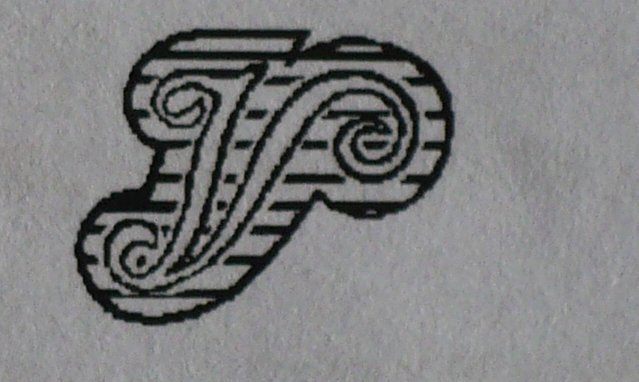
Dutch script-letter V; duty mark for imported gold and silver objects, the V for the Dutch word ˜vreemd" which translate to foreign. The mark gives no guarantee of standard of fineness. It was intended for imported objects only. It was however sometimes by mistake used on old objects of national origin.Used 1906-1953
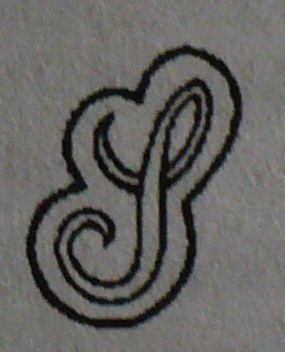
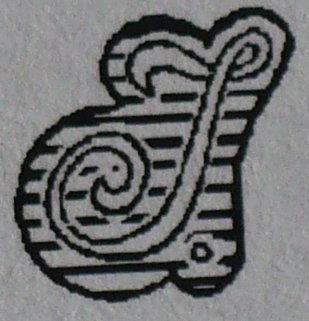
The script-letter S and script -letter I
The script-letter S used 1853-1859; Duty mark for unguaranteed standard of fineness new silver objects of national origin. This mark was used on all new Netherlands silver objects below legal standard of fineness, those with non-precious metal additions, and new heavily silver plated objects, as long as the average precious metal content after melting with the base metal was at least 250/1000. It was also struck on rejected objects which had been submitted at lowest legal standard of fineness. In that case the maker had to choose between destruction or unguaranteed marking. This mark was sometimes mistakenly used on old and foreign objects. Valid from 1853 till 1953.
The script-letter I used 1906-1953; Duty mark for unguaranteed standard of fineness new silver objects of national origin. This mark was used on all new Netherlands silver objects below legal standard of fineness, those with non-precious metal additions, and new heavily silver plated objects, as long as the average precious metal content after melting with the base metal was at least 250/1000. It was also struck on rejected objects which had been submitted at lowest legal standard of fineness. In that case the maker had to choose between destruction or unguaranteed marking. This mark was sometimes mistakenly used on old and foreign objects and in 1927 also used on objects of old national origin. Valid from 1906 till 1953.
Import duty Marks used 1893-1905:

The 1953 marks renewal
- Abolition and invalidation of all duty marks, including those for unguaranteed objects of national origin.
- Introduction of the Z marks for objects which are submitted in finished condition, which consequently could then not be assayed as thoroughly
- Small marks for 800 standard of fineness silver, initially only for watch cases, in 1987 permitted for all silver objects.

The; ZI (925 fineness) ZII(835 fineness) and Z(800 fineness)
The marks of Southern Netherlands 1814-1842
These have been used in the present Belgium until March 1st 1832, in the assay offices Maastricht and Luxemburg until March 1st 1842. Date letters have not been used.
Standard marks for large and medium silver work
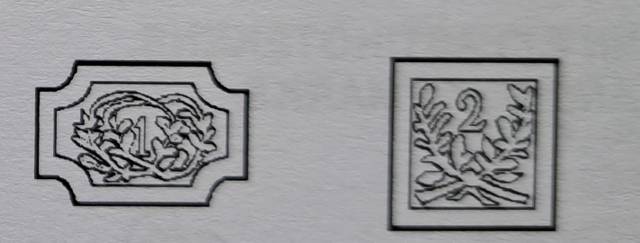
1= 934 2= 833
Standard mark for small silver work minimum 833, without appendages.
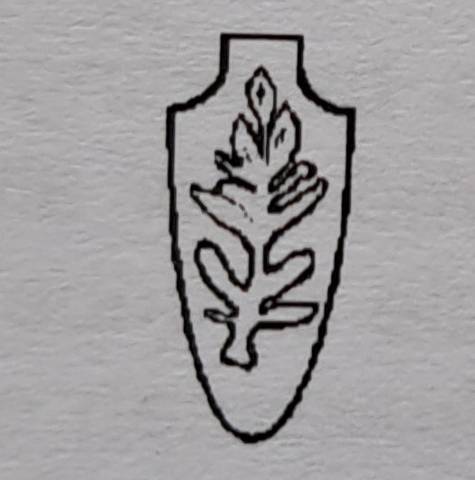
Standard mark small silver work minimum 833, with appendages.
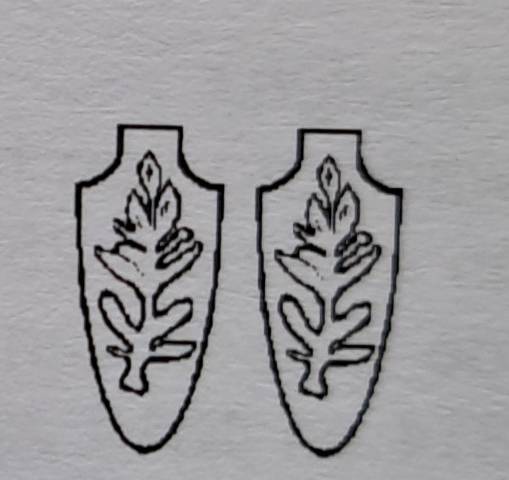
These marks were used on small work without the office mark. The marks without appendages were also used on large work consisting of more than two parts interconnected by links or hinges. On these objects the hallmark and standard mark were spread, one per part, further parts were struck with the small mark. The mark with appendages was used on items with unmarkable appendages, and when it was impracticable to mark all parts, such as chain work. chains were marked on the soldered end links, at one end the mark with, at the other end the mark without appendages.
Office mark for large and medium silver work, here regional assay office letter O=Roermond, always struck in combination with the large standard mark.
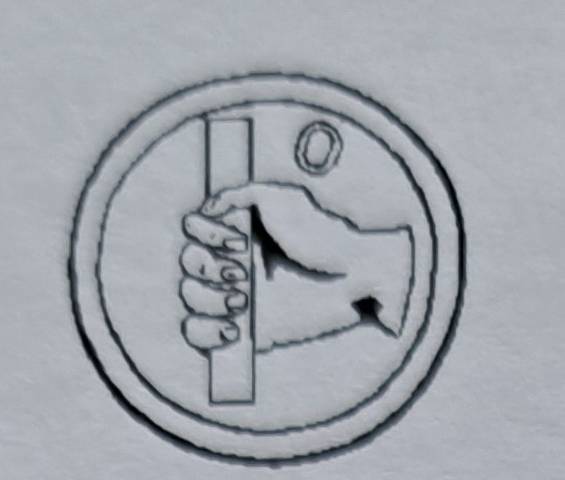
Import and duty marks for gold and silver.

Large work E under laurel wreath, used 1814-1842, Small work E, used 1814-1817, Small work flowered V, used 1817-1842.
E=étranger=foreign, flowered V=vreemd=foreign.
These marks do not give any guarantee of a precious metal standard or fineness. The marks have been used on metal with a minimum of 250 gold or silver content as a duty mark. These marks were destined for all imported, unmarked and invalid marked objects of foreign, national and unknown origin. During the 1814 and 1815 transition period these marks were also struck on new objects which still had been made to the French 800 silver standard of fineness. Upon the invalidation of the hallmarks of the French Empire in 1815, these marks were also used as tax free census marks. The small mark of the northern Netherlands, the flowered V, was also used in the Southern Netherlands 1817-1832. The small mark was struck twice, close together on objects with unmarkable appendages and chains
Regional Assay office letters
A= Brussel. Bruxelles. Brussels
B= Antwerpen. Anvers. Antwerp
C= Gent. Gand. Ghent
D= Luik. Liège
E= Bergen. Mons
F= Oudenaarde. Audenarde
G= Brugge. Bruges
H= Kortrijk. Courtrai
H= Ieper. Ypres (closed 1811)
I= Leuven. Louvain
K= Doornik. Tournai
L= Namen. Namur
M= Maastricht. Maestricht/Hasselt
N= Luxemburg. Letzeburg. Luxembourg / Aarlen. Arlon
O= Roermond. Ruremonde
Ref:
Elias Voet, Jr., Nederlands Goud- & Zilvermerken,
Karel A. Citroen, Dutch Goldsmiths' and Silversmiths' Marks and Names prior to 1812,
Karel A. Citroen, Amsterdamse Zilversmeden en hun merken.
L.B. Gans goud-en zilvermerken van Voet.
W. Koonings De keuring van goud en zilver tijdens het Koninkrijk Holland
World Hallmarks Europe 19th to 21st centuries
Waarborgholland, ˜Netherlands' Responsibility Marks since 1797
Janjaap Luijt, Het zilver Lexicon & other publications
Valse Zilvermerken in Nederland K.A. Citroen
Jan Schipper http://www.zilverstudie.nl
Zilversmeden van de Stad Schoonhoven by S. A. C Begeer, E. Hak & L. Linhart-du Cloux
Dutch silver hallmarks and date year chard 1814-2009

To enhance click on image twice.
The date or year letter; to identify the assayer on duty under whose responsibility the assay test took place to determine the legal silver standard.
Rule of thumb; date letter always in combination with maker's mark and standard or fineness mark and assay office mark or Minerva head with a regional assay office identification letter in its helmet. Until 1931 the assayers were personally liable for mistakes in the result of their work. Until 1931 date letters were considered to be their responsibility marks. When in the course of a year the assayer of a certain office was succeeded by another one, as a consequence the date letters of that office were provided with a distinguishing mark. Usually it was a dot, but commas, crosses and stars also occurred. There are a few date letters bearing two dots; the result of two changes of assayer within a single year.
Ref: Netherlands'Responsibility marks from 1797 part 1
The first clear marking rules were laid down in art. 33 to 38 of the General Service Order of February 1st 1814, with the following principles:
- As far as practicable all objects must be provided with the three marks or responsibility marks; maker's mark, office mark and date letter to identify which assayer was on duty.
- All parts of objects will be marked as far as practicable to prevent fraud by connection of other parts. Such can be conveniently done, when the pieces have been made to one of the legal standards of fineness, by spreading the three marks. One shall place the date letter near the large or medium hallmarks. If there remain unmarked pieces, in this case these shall be provided with the small marks: the sword mark for small work.
Standard marks silver used 1814-1953 (Arabic numeral) and Office mark mark used 1814-1905-1906-present.
Standard marks guarantee the minimum overall fineness. For example if the assayer finds an overall fineness of .875, the assayer will mark it with 2nd standard mark guaranteeing minimum .833 or Sword mark, standard mark for small silver objects
Lion Rampant 1 for .934 fineness or 93.4% pure silver

V.K. within G or horseshoe, frame 2 conjoined vases for; Gerritsen & van Kempen n.v. Zeist around 1926/? (1961). Lion Rampant 1 for 934 fineness, Assay Office mark used 1906- present, with letter B in its helmet for the regional assay office of Utrecht., date letter V for the year 1930
Lion passant 2 for .833 fineness or 83.3% pure silver

Image from left to right.
VA under a Crown for: van Arcken & Co registered in Batavia & Soerabaja ( Former Dutch Indies) registered from 1889 /?. Retailers.
VK under a crescent moon between two dots, makers mark for: Firm J.M van Kempen & Zonen, located in the city of Voorschoten , this mark used 1858/1924
Lion passant above 2: standard mark silver .833 fineness (1814-1953) with export key: mark to indicate 2/3 duty restitution upon export valid 1853 till 1953.

Minerva head or office mark with the regional assay office letter C in its helmet for the assay office of The Hague.
Date letter h for 1892
Standard marks silver used 1953 - Present (Roman numeral) and Office mark 1906-present
Lion Rampant I for .925 fineness or 92.5% pure silver

Lion Passant II for .835 fineness or 83.5% pure silver

CS 3 (in rolling pin shaped frame) for; C.A. Stout, Rotterdam mark used 1961/2002. Lion Passant II for silver 835 fineness. Assay office mark with the letter D in its helmet for regional assay office of Rotterdam. Date letter S for 1978
Lion Couchant III for .800 fineness or 80% pure silver introduced in 1987

Office mark or Minerva head 1814-1905 & 1906-Present

Regional Assay Office identification letters
A - Amsterdam closed 1988
B - Utrecht closed 1986
C - The Hague ('s-Gravenhage) closed 1988
D - Rotterdam closed 1988
E - Groningen closed 1927
F - Leeuwarden closed 1984
G - Zwolle closed 1878
H - Arnhem closed 1970
I - Breda closed 1875
J - Joure opened 2002
K - Den Bosch ('s-Hertogenbosch) closed 1986
L - Middelburg closed 1889
M - Schoonhoven closed 1987, reopened 09-06-2003-present
N - Maastricht, the letter M used 01-03-1842/11-01-1844, assay office closed in 1927
0 - Roermond closed 1868
P - Alkmaar closed 1924
Q - Roosendaal closed 1927
R - Gouda opened 1988
The Sword Mark

The Dutch sword mark;
The sword (used 1814-1905) and 2nd sword mark used 1906-1953. Standard mark for; small work silver minimum 833 fineness= 83.3% pure silver and used on small work without date letter and office mark and in combination with maker's mark. NB. This sword mark is also used on large works consisting of more than three parts interconnected by links or hinges. On these objects the office mark, standard mark and date letter were spread, one per part, the remaining parts were struck with the sword mark.
Two different swords have been used and are hard to keep apart. In 1953 the sword mark with numeral fineness was introduced./i]

The Duty marks:

The Boars head or the 1831 duty mark, this mark is of two sizes. It did not give any guarantee on precious metal content. It has been used as a duty mark on metal with a gold or silver content of 250 minimum. This mark was destined for all imported, unmarked and invalid marked objects of foreign, national and unknown origin. The big sized Boars head used 1831-1855 and the small Boars head used 1831-1893

The hatchet, the 1853 duty mark for old silver objects of national origin returned to the trade. In accordance with several resolutions with further clarifications, this mark was intended for objects with the hallmarks of the ancient Netherlands silversmiths companies, of Louis Napoleon's Kingdom of Holland, of the French Republic, of the French Empire until the end of 1813, of Maastricht and Liege 1814-1815, and of the former Southern Netherlands. In accordance with these resolutions even objects with marks which clearly had been struck in France and the present Belgium were to be considered national and thus exempt from import duty and double marking duty. Later it was decided that objects with this hatchet mark were to be considered as equal to guaranteed objects, and were thus permitted to be exposed for sale in the showcases for guaranteed objects. The use of this mark was abolished in 1927 for two reasons: 1st . The lack of knowledge of the old marks has caused this mark to be sometimes struck on old foreign objects. 2nd. this mark had often been counterfeited and used to give objects an antique aura. The difference with the older French hatchet mark: The French mark was struck tax free on objects with valid hallmarks

The Dolphin mark
The Dutch dolphin mark; the 1859 duty mark for new unguaranteed objects of national origin. This mark was used on all new silver objects below legal standard of fineness, those with non-precious metal additions, and on new heavily gold or silver plated objects, as long as the average precious metal content after melting with the base metal was at least 250/1000. It was also struck on rejected objects which had been submitted at lowest standard of fineness. In that case the maker had to choose between destruction or unguaranteed marking. This mark was sometimes also mistakenly used on old and foreign objects. Dolphin mark used from 1859-1893 and valid from 1859 till 1953.

Dolphin mark used 1893-1905 and valid 1893 till 1953. ( The 1953 Dutch marks renewal act)

Crowned V for large items; duty mark for foreign and other untaxed objects used 1814-1893. This duty mark does not give any guarantee of a precious metal standard of fineness. This mark has been used on metal with a 250 minimum silver content as a duty mark. This mark was destined for all imported, unmarked and invalid marked objects of foreign, national and unknown origin. Upon the invalidation of the hallmarks of Louis Napoleon's kingdom of Holland and those of the French Empire in 1816, this mark also has been used as a tax free census mark.
The small flowery like V used 1814-1831 but also used in the Southern Netherlands from 1817 until 1832 after the Belgian revolution replaced by the Boars head.

Dutch script-letter V; duty mark for imported gold and silver objects, the V for the Dutch word ˜vreemd" which translate to foreign. The mark gives no guarantee of standard of fineness. It was intended for imported objects only. It was however sometimes by mistake used on old objects of national origin.Used 1906-1953


The script-letter S and script -letter I
The script-letter S used 1853-1859; Duty mark for unguaranteed standard of fineness new silver objects of national origin. This mark was used on all new Netherlands silver objects below legal standard of fineness, those with non-precious metal additions, and new heavily silver plated objects, as long as the average precious metal content after melting with the base metal was at least 250/1000. It was also struck on rejected objects which had been submitted at lowest legal standard of fineness. In that case the maker had to choose between destruction or unguaranteed marking. This mark was sometimes mistakenly used on old and foreign objects. Valid from 1853 till 1953.
The script-letter I used 1906-1953; Duty mark for unguaranteed standard of fineness new silver objects of national origin. This mark was used on all new Netherlands silver objects below legal standard of fineness, those with non-precious metal additions, and new heavily silver plated objects, as long as the average precious metal content after melting with the base metal was at least 250/1000. It was also struck on rejected objects which had been submitted at lowest legal standard of fineness. In that case the maker had to choose between destruction or unguaranteed marking. This mark was sometimes mistakenly used on old and foreign objects and in 1927 also used on objects of old national origin. Valid from 1906 till 1953.
Import duty Marks used 1893-1905:

The 1953 marks renewal
- Abolition and invalidation of all duty marks, including those for unguaranteed objects of national origin.
- Introduction of the Z marks for objects which are submitted in finished condition, which consequently could then not be assayed as thoroughly
- Small marks for 800 standard of fineness silver, initially only for watch cases, in 1987 permitted for all silver objects.

The; ZI (925 fineness) ZII(835 fineness) and Z(800 fineness)
The marks of Southern Netherlands 1814-1842
These have been used in the present Belgium until March 1st 1832, in the assay offices Maastricht and Luxemburg until March 1st 1842. Date letters have not been used.
Standard marks for large and medium silver work

1= 934 2= 833
Standard mark for small silver work minimum 833, without appendages.

Standard mark small silver work minimum 833, with appendages.

These marks were used on small work without the office mark. The marks without appendages were also used on large work consisting of more than two parts interconnected by links or hinges. On these objects the hallmark and standard mark were spread, one per part, further parts were struck with the small mark. The mark with appendages was used on items with unmarkable appendages, and when it was impracticable to mark all parts, such as chain work. chains were marked on the soldered end links, at one end the mark with, at the other end the mark without appendages.
Office mark for large and medium silver work, here regional assay office letter O=Roermond, always struck in combination with the large standard mark.

Import and duty marks for gold and silver.

Large work E under laurel wreath, used 1814-1842, Small work E, used 1814-1817, Small work flowered V, used 1817-1842.
E=étranger=foreign, flowered V=vreemd=foreign.
These marks do not give any guarantee of a precious metal standard or fineness. The marks have been used on metal with a minimum of 250 gold or silver content as a duty mark. These marks were destined for all imported, unmarked and invalid marked objects of foreign, national and unknown origin. During the 1814 and 1815 transition period these marks were also struck on new objects which still had been made to the French 800 silver standard of fineness. Upon the invalidation of the hallmarks of the French Empire in 1815, these marks were also used as tax free census marks. The small mark of the northern Netherlands, the flowered V, was also used in the Southern Netherlands 1817-1832. The small mark was struck twice, close together on objects with unmarkable appendages and chains
Regional Assay office letters
A= Brussel. Bruxelles. Brussels
B= Antwerpen. Anvers. Antwerp
C= Gent. Gand. Ghent
D= Luik. Liège
E= Bergen. Mons
F= Oudenaarde. Audenarde
G= Brugge. Bruges
H= Kortrijk. Courtrai
H= Ieper. Ypres (closed 1811)
I= Leuven. Louvain
K= Doornik. Tournai
L= Namen. Namur
M= Maastricht. Maestricht/Hasselt
N= Luxemburg. Letzeburg. Luxembourg / Aarlen. Arlon
O= Roermond. Ruremonde
